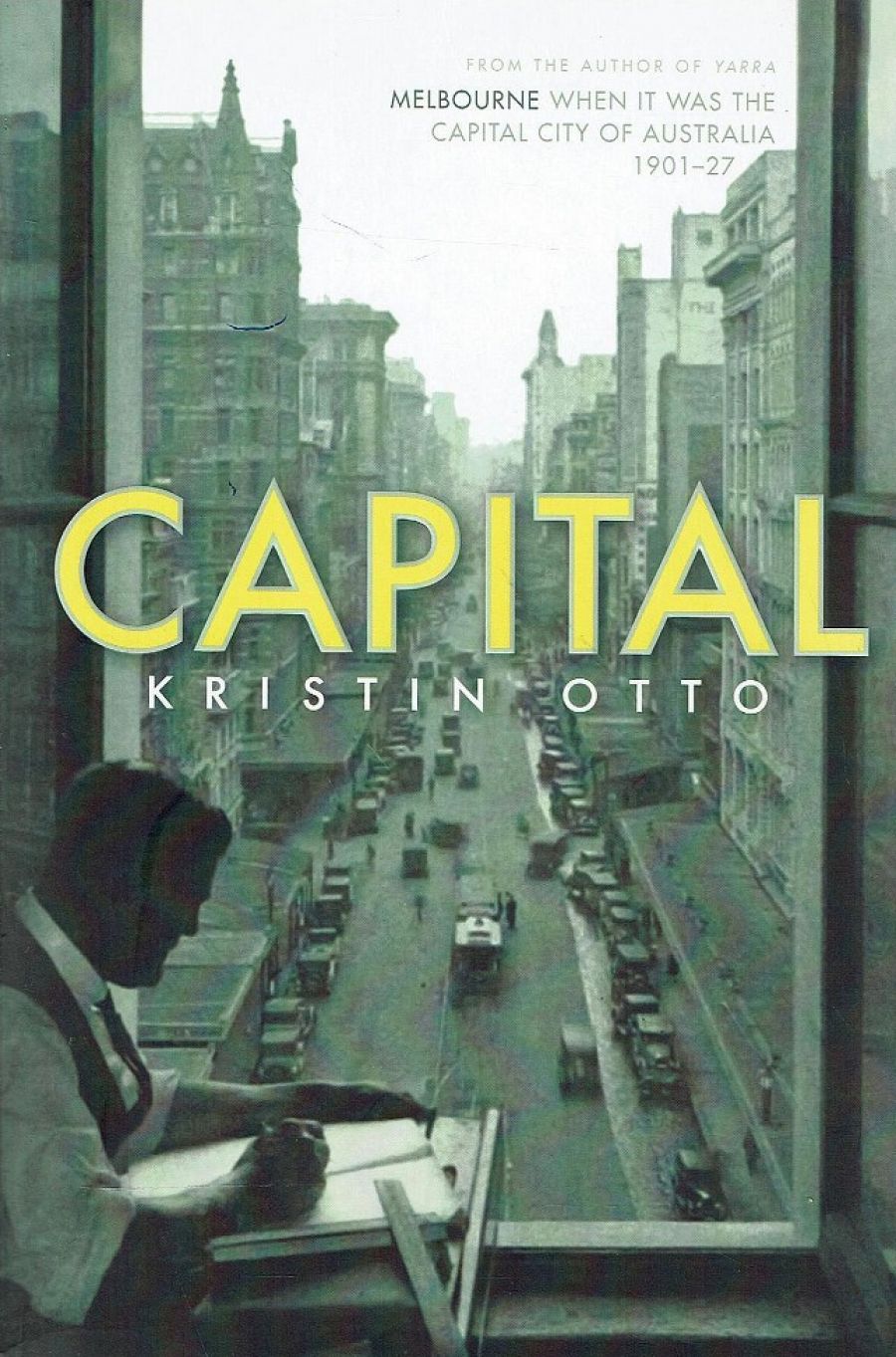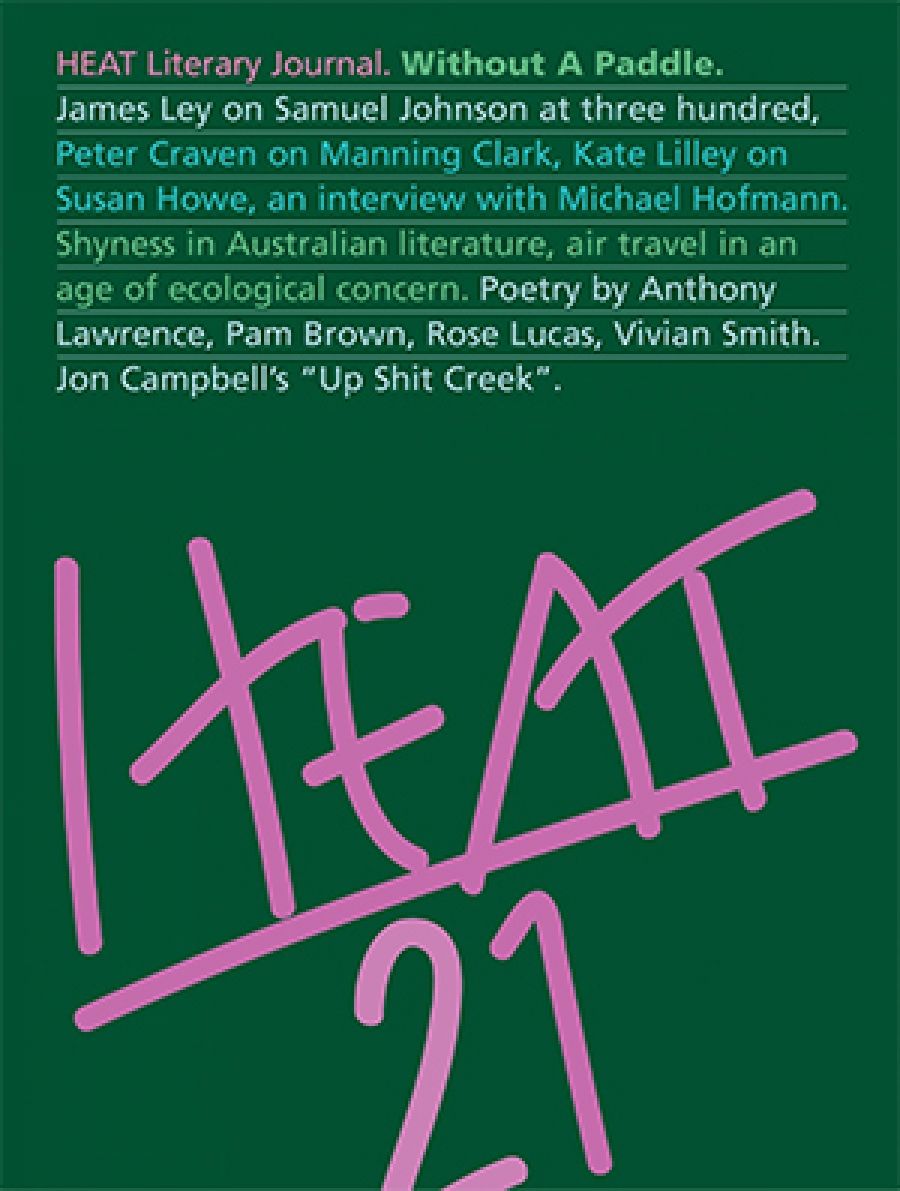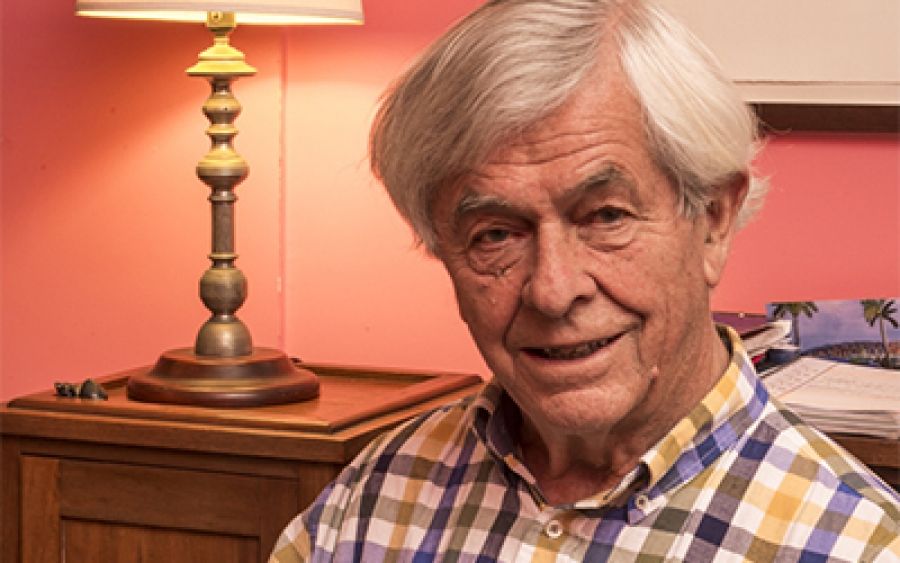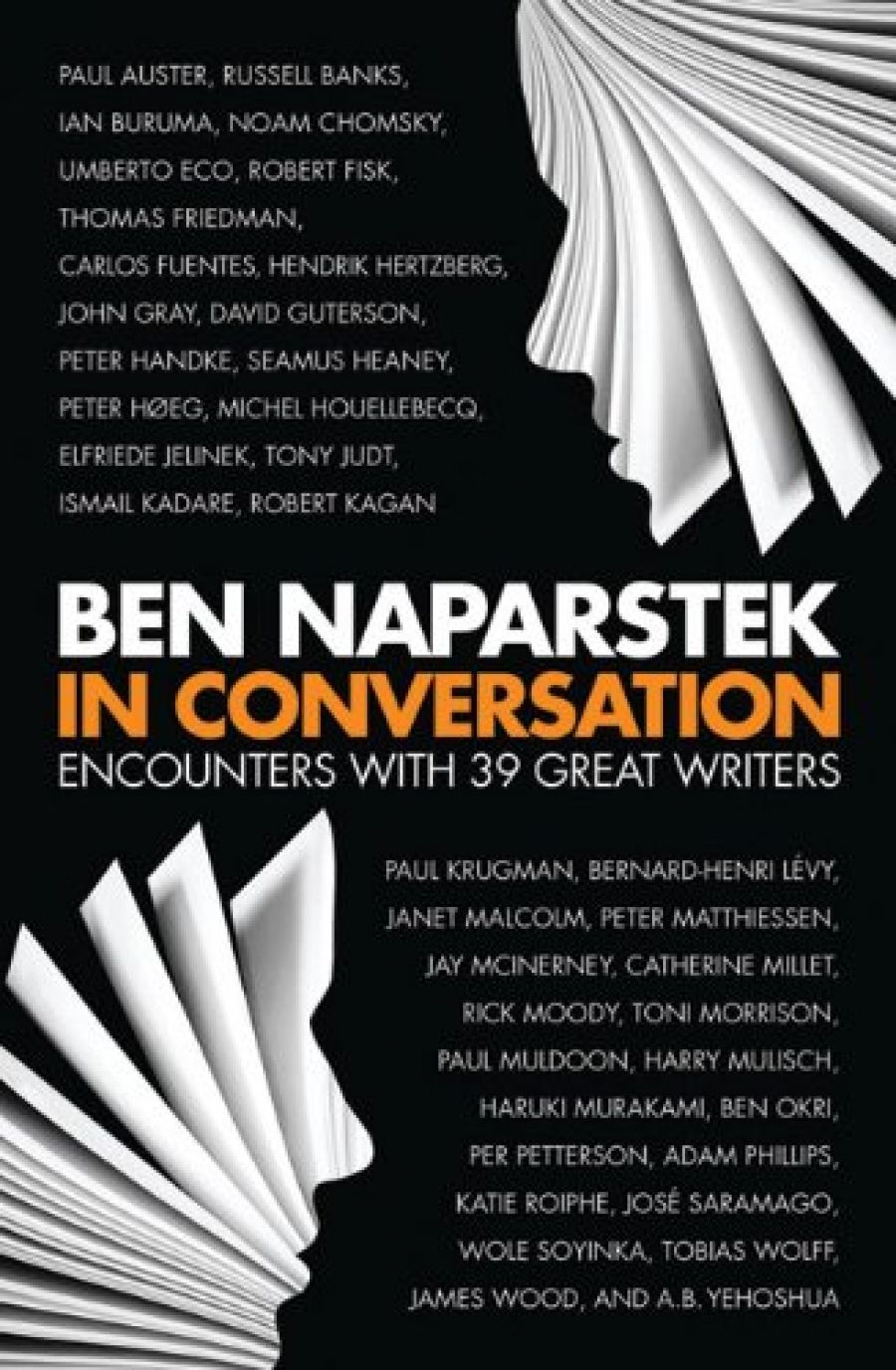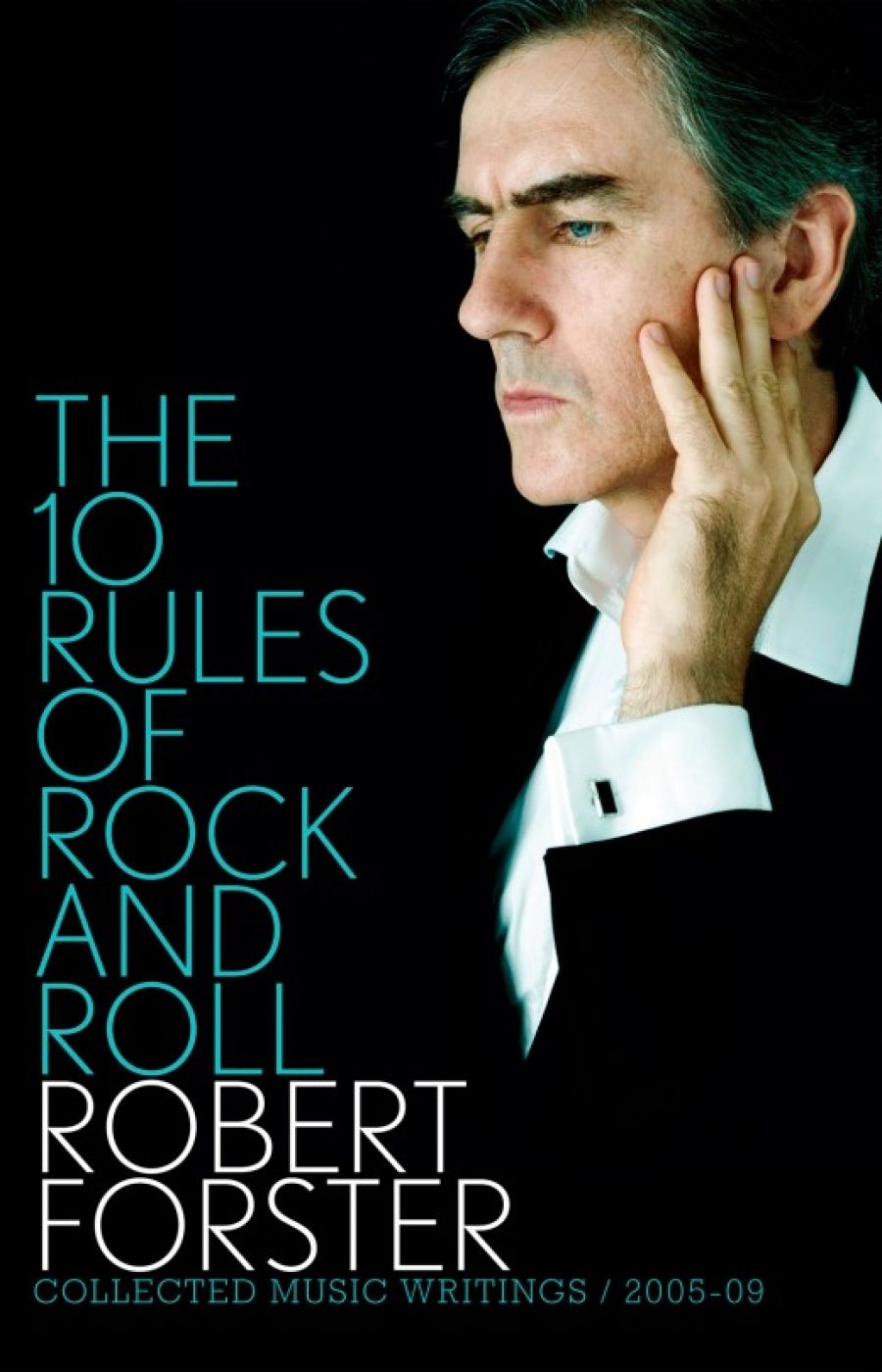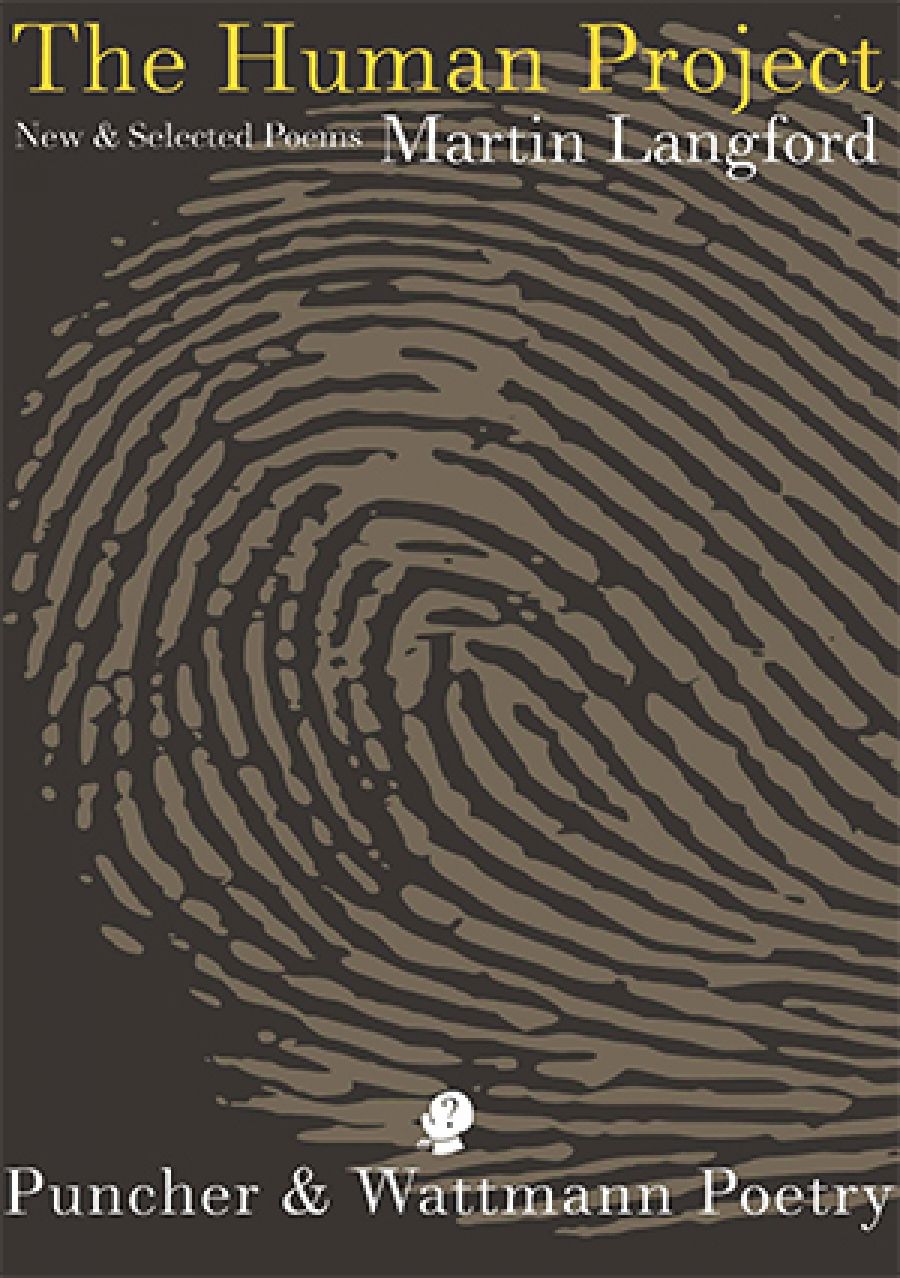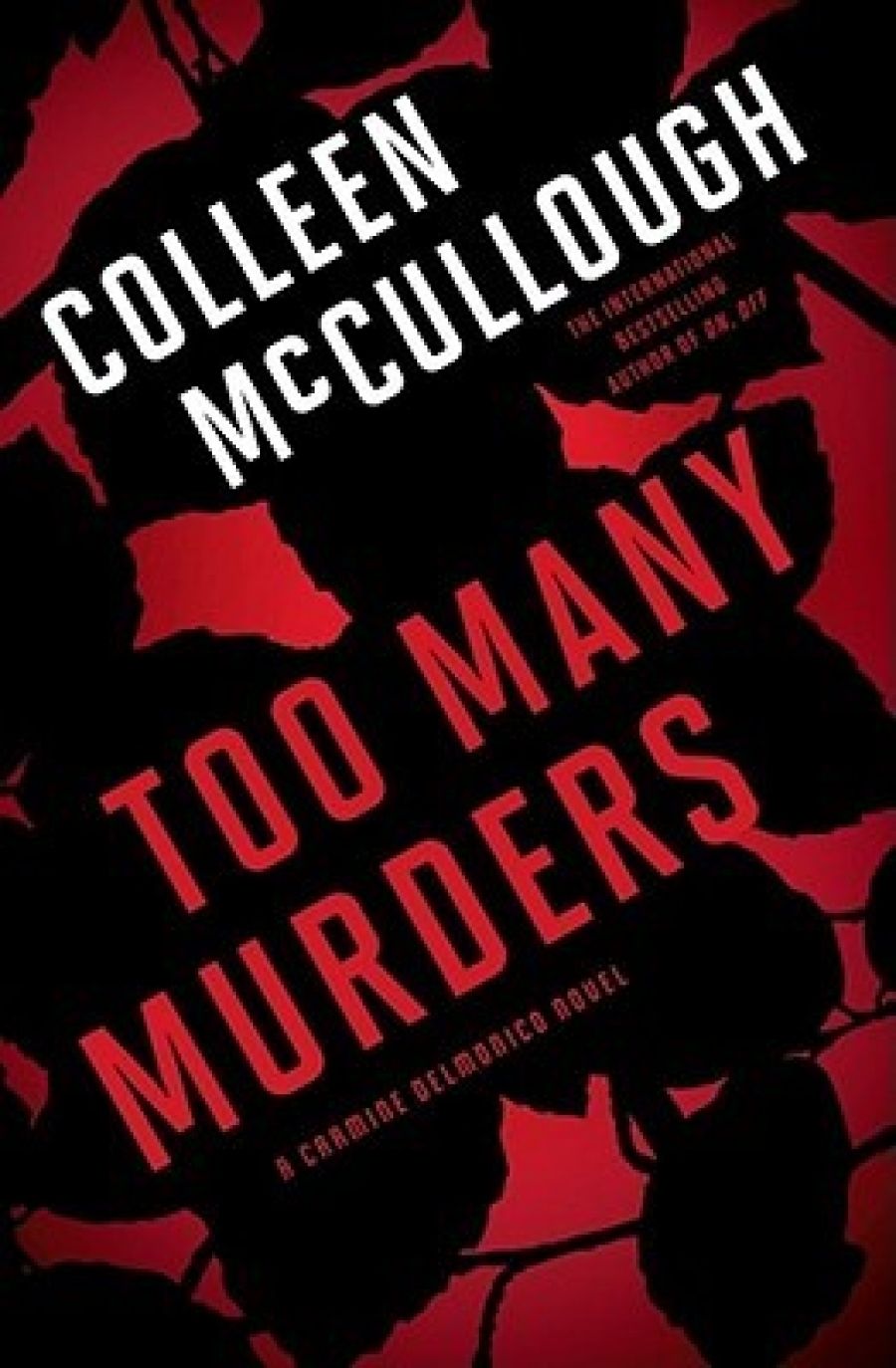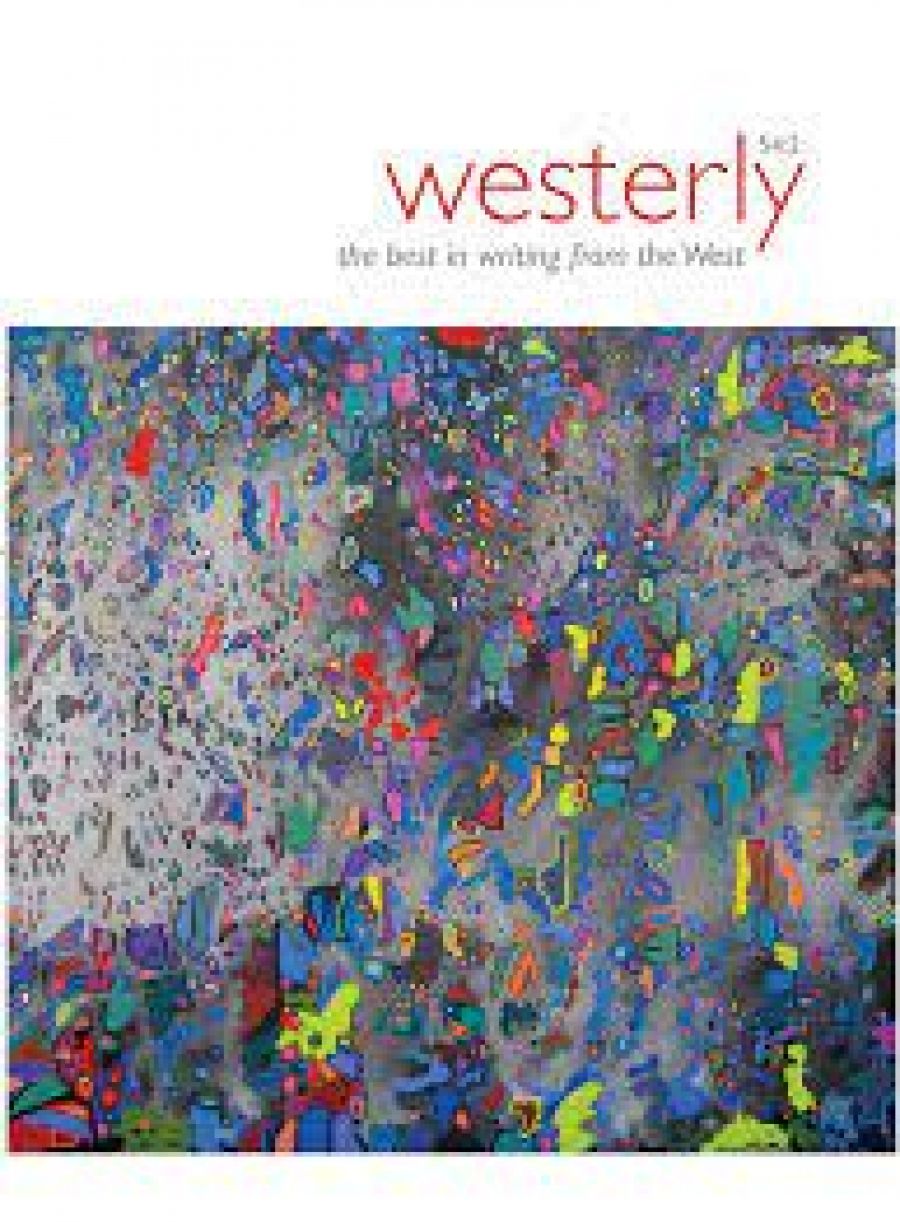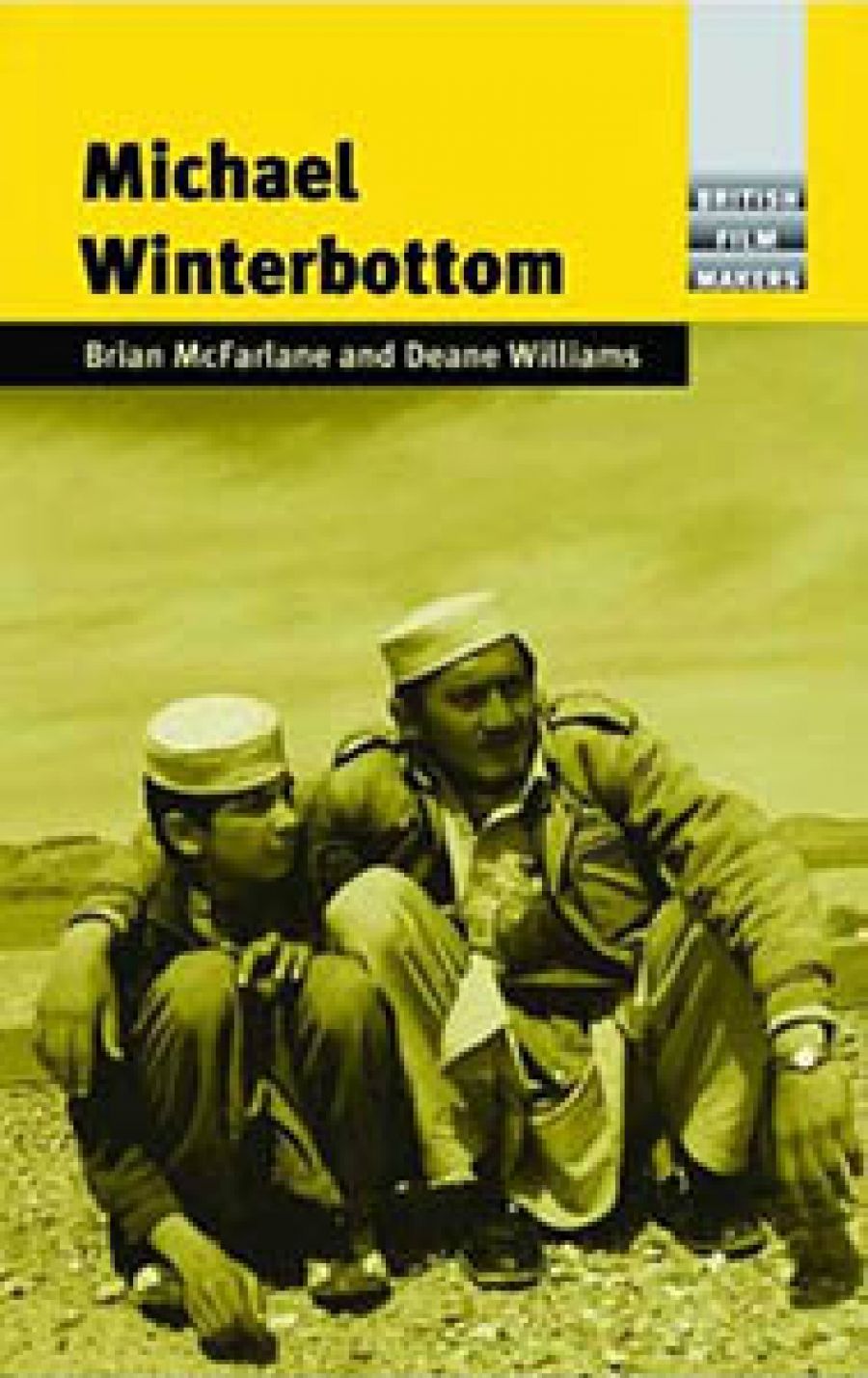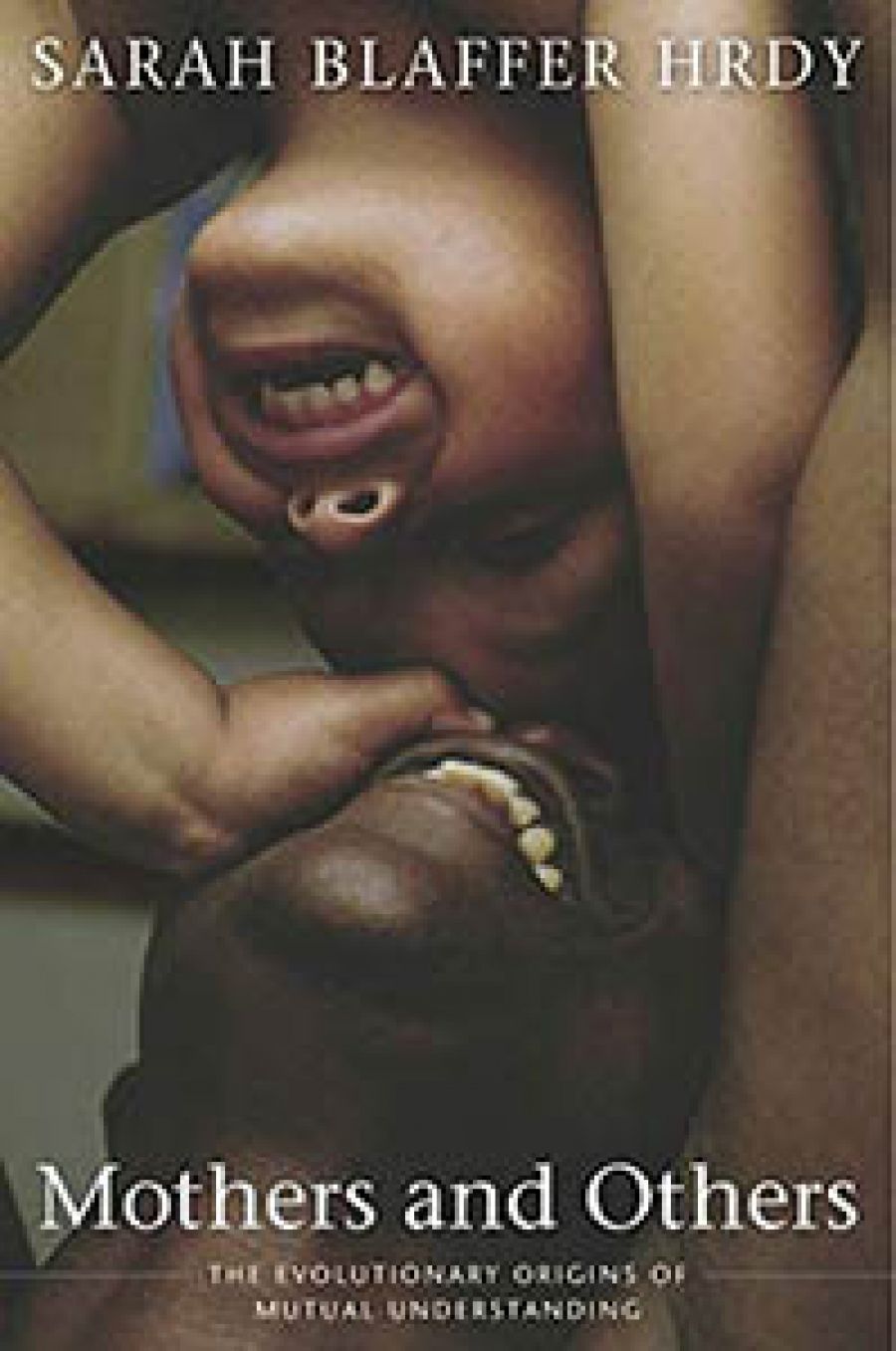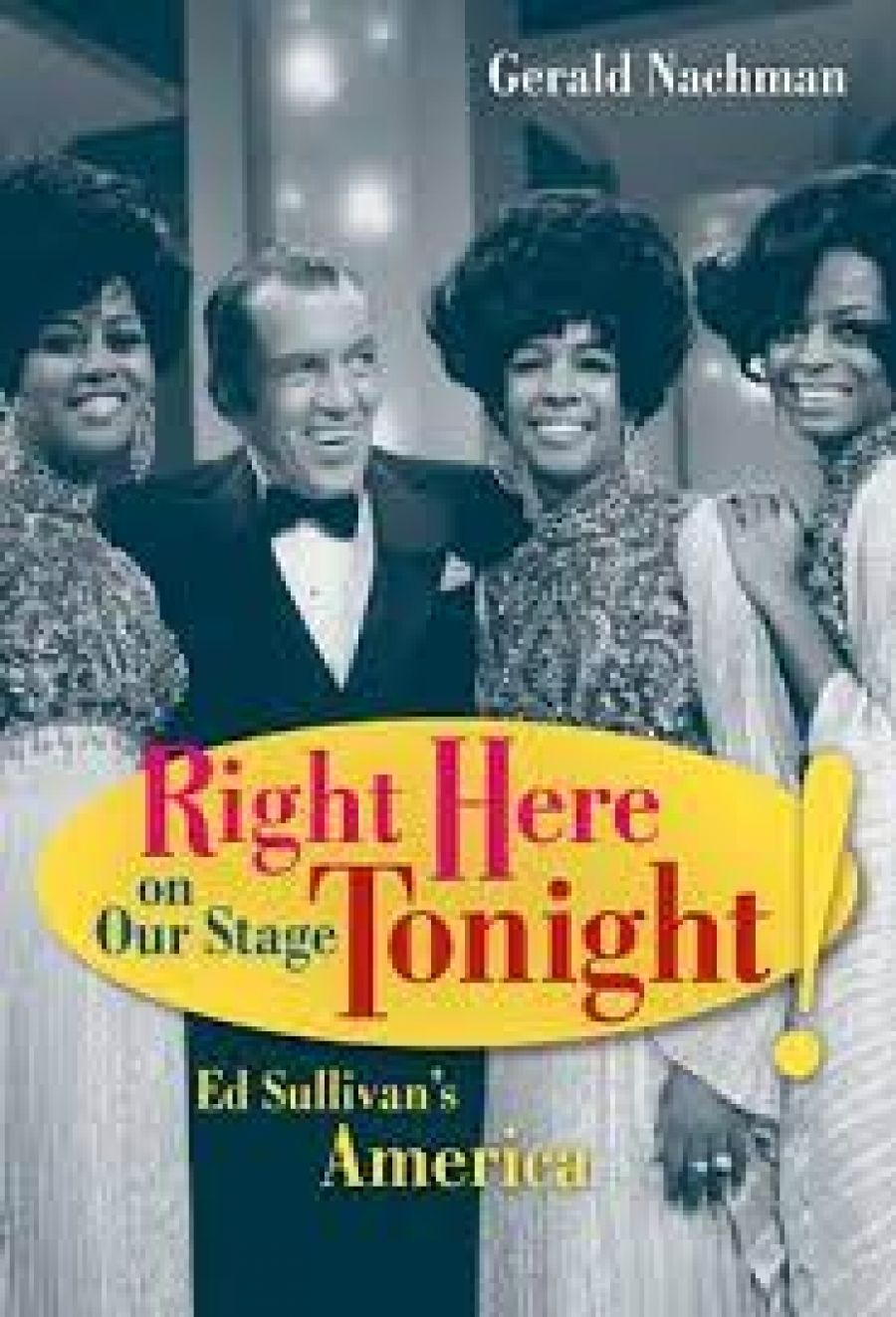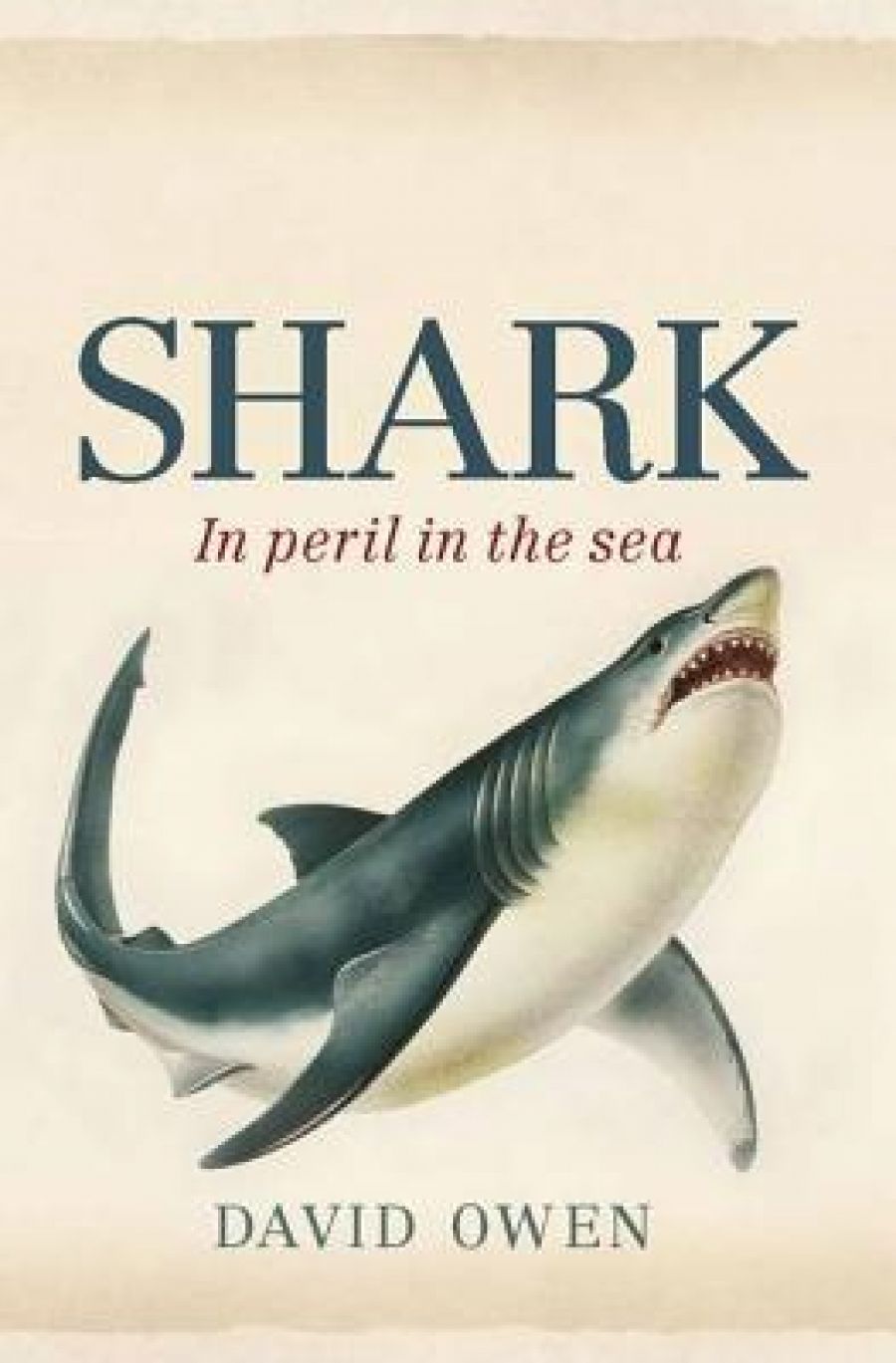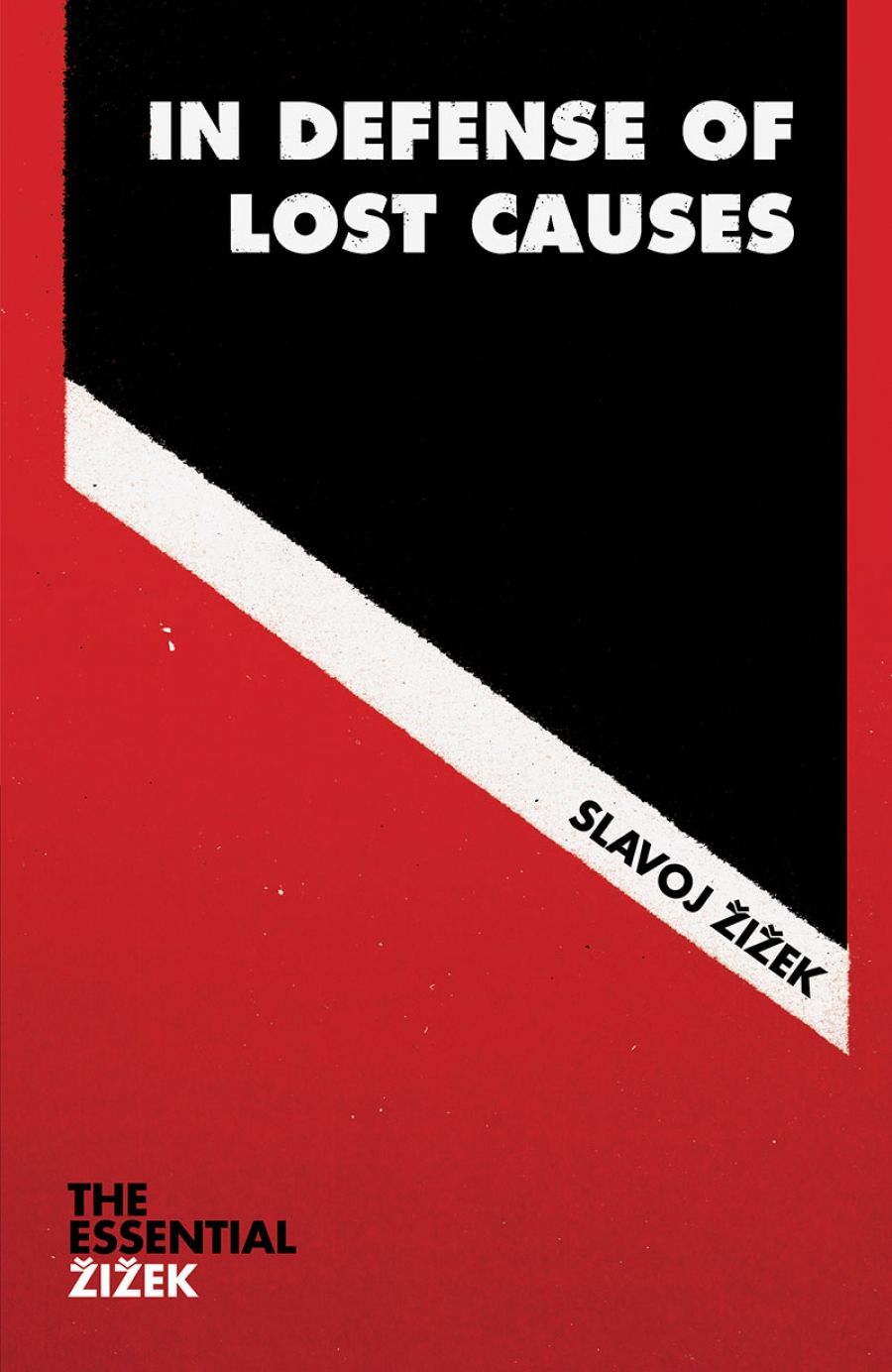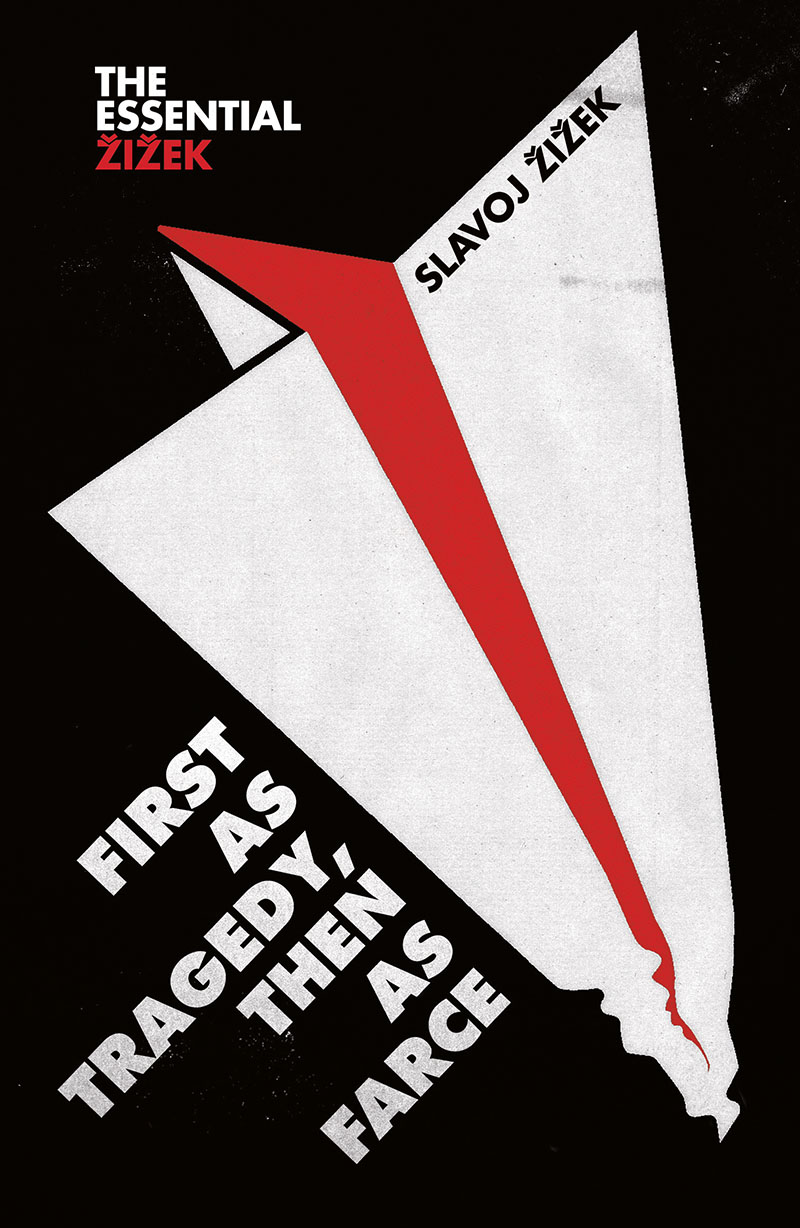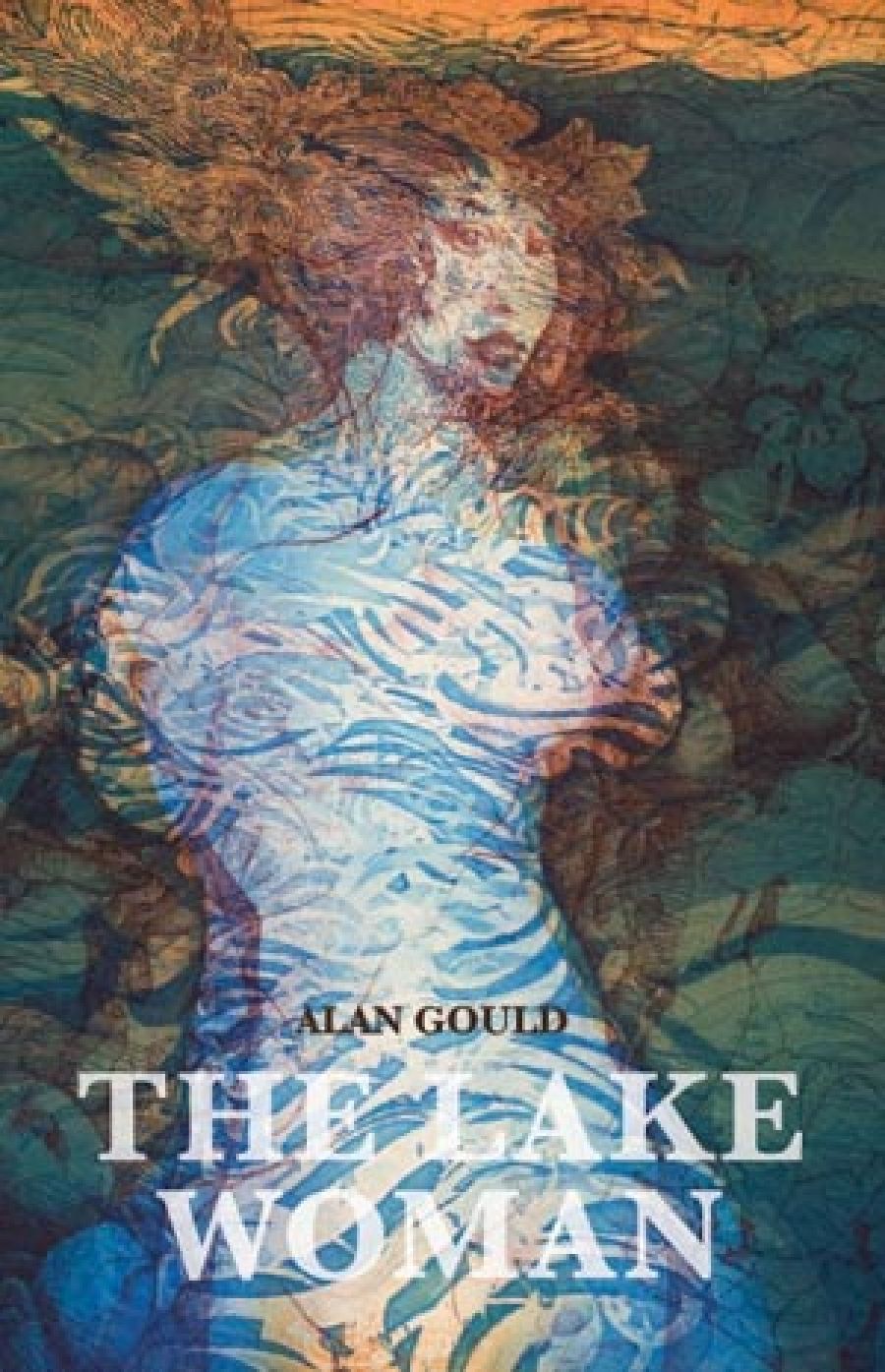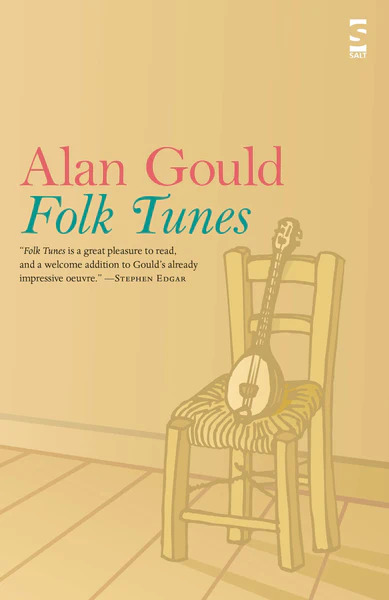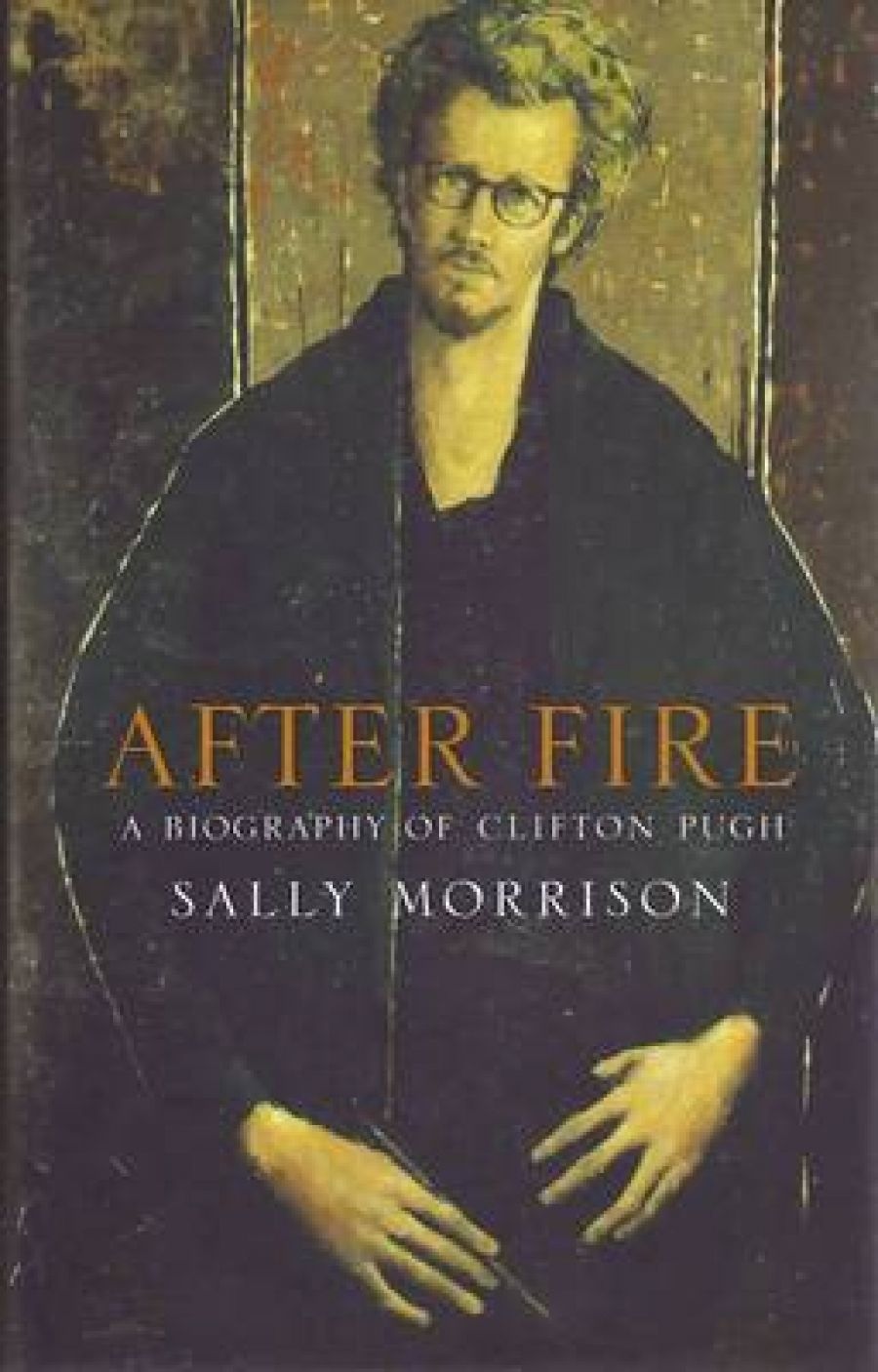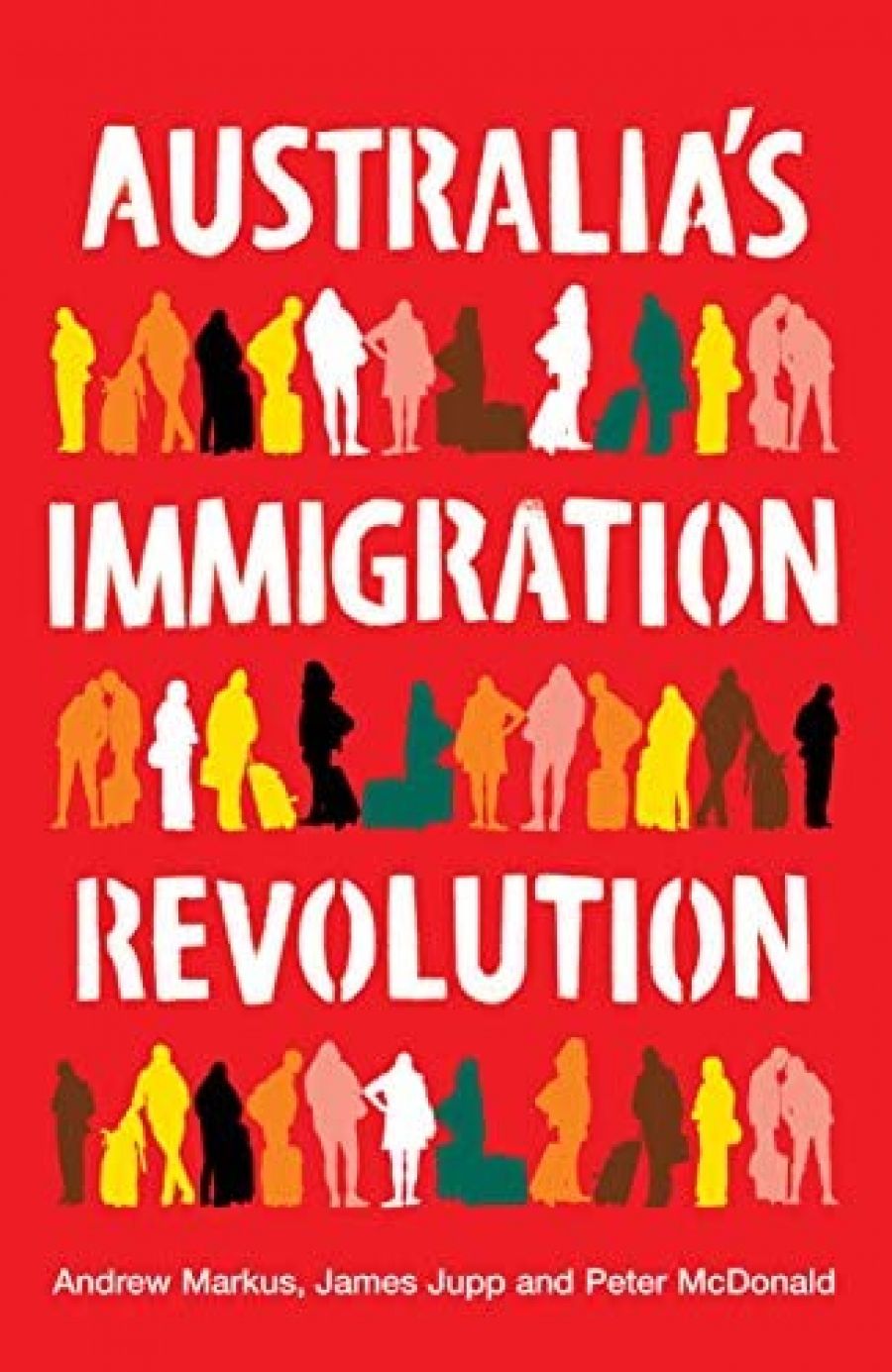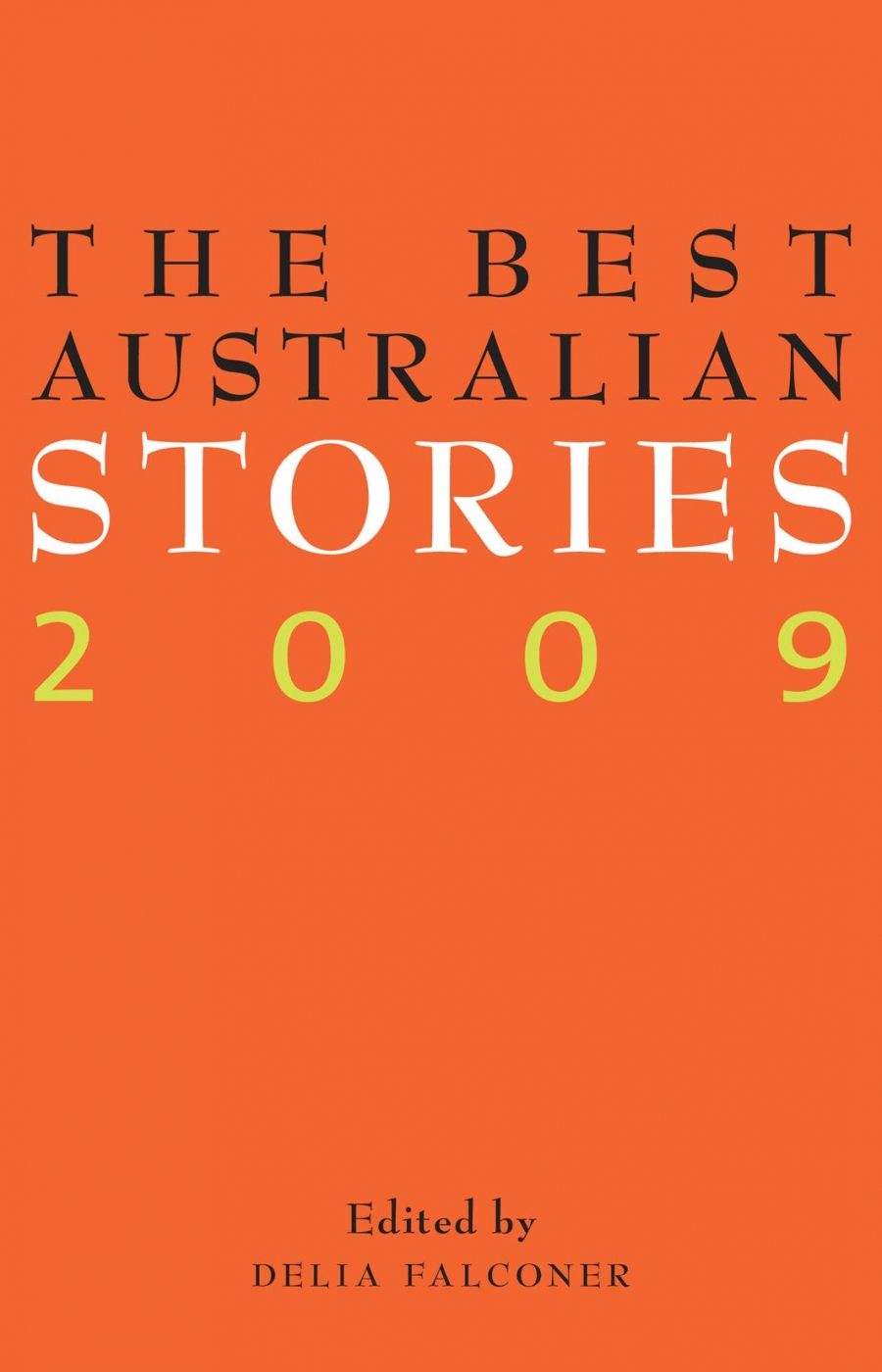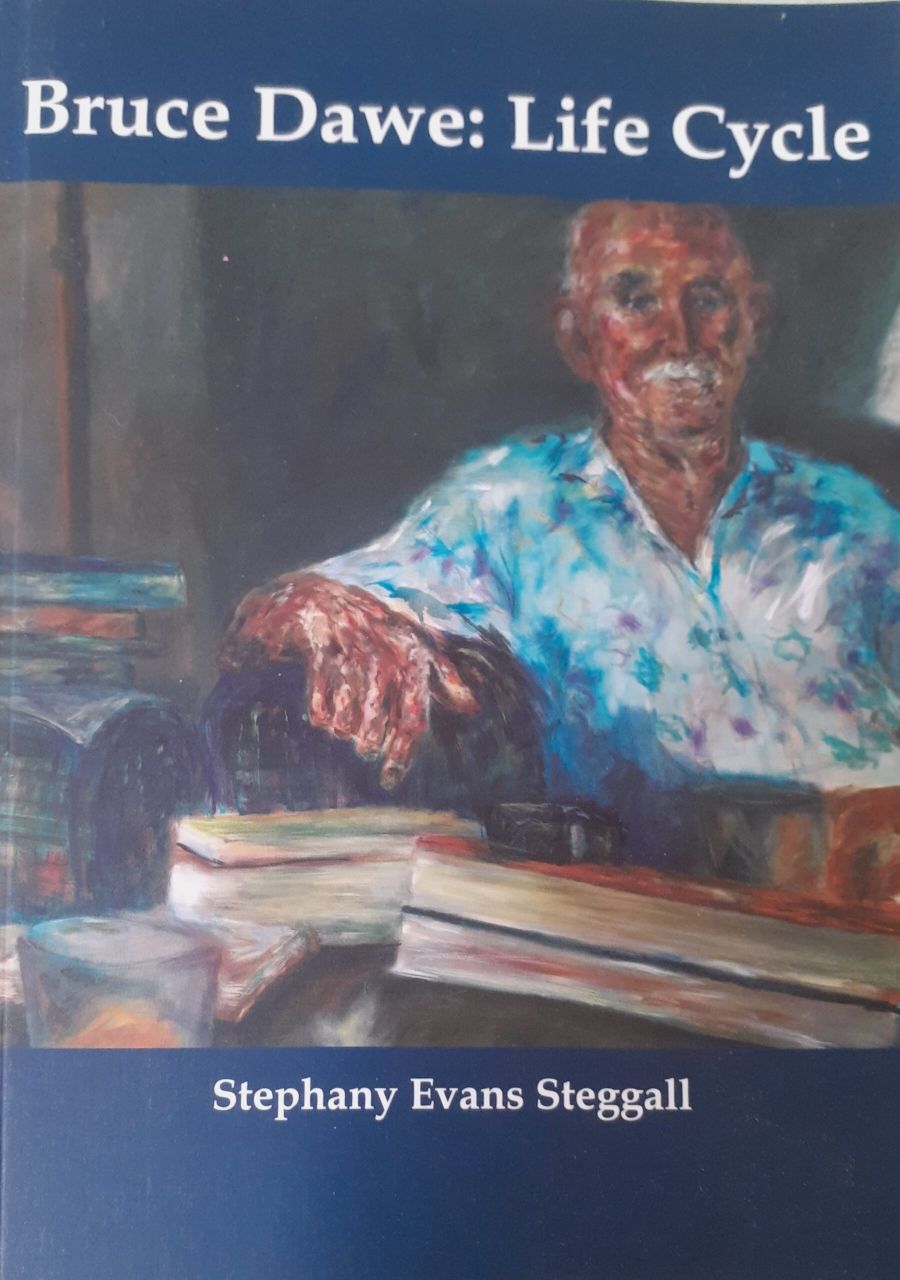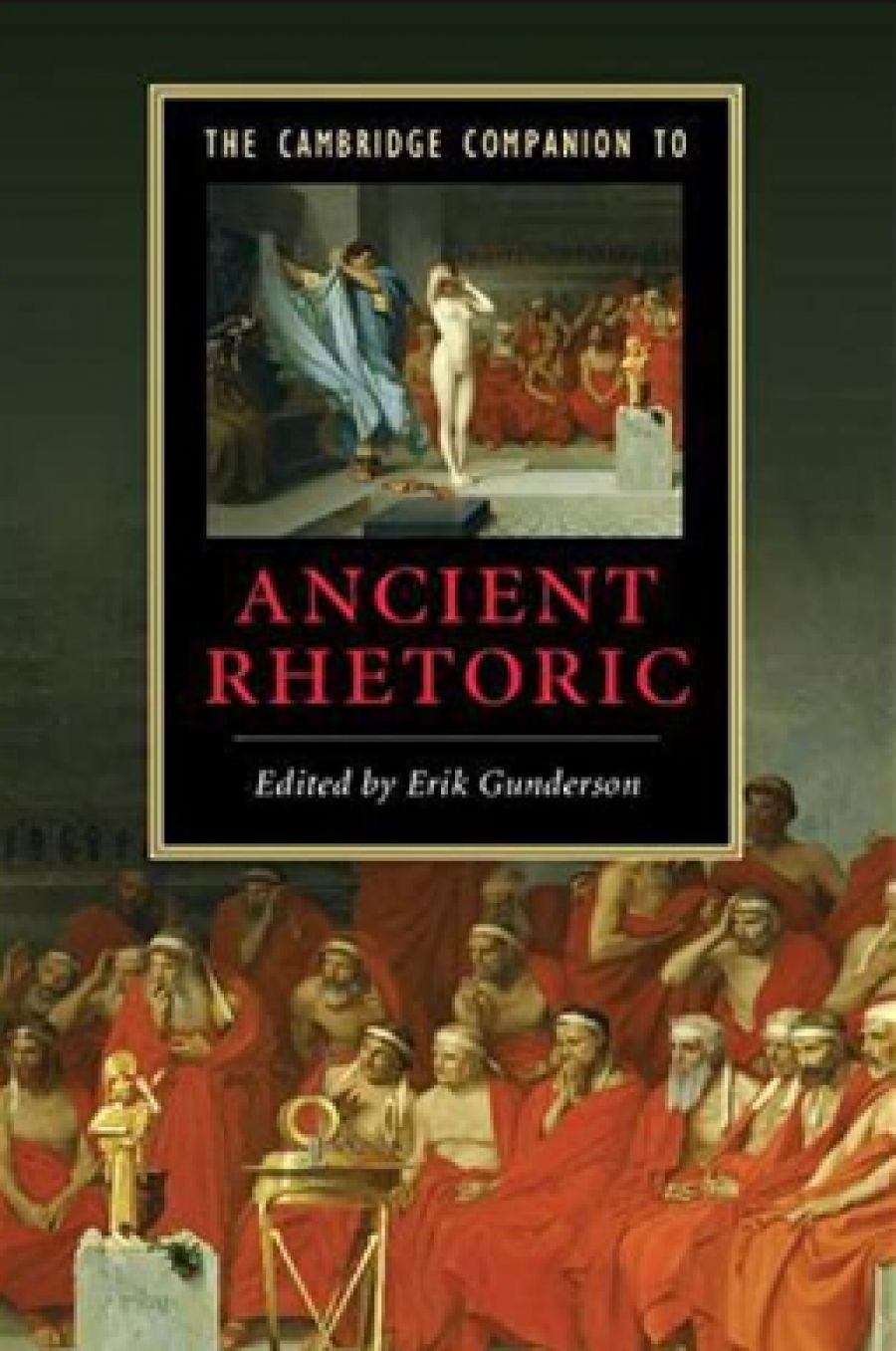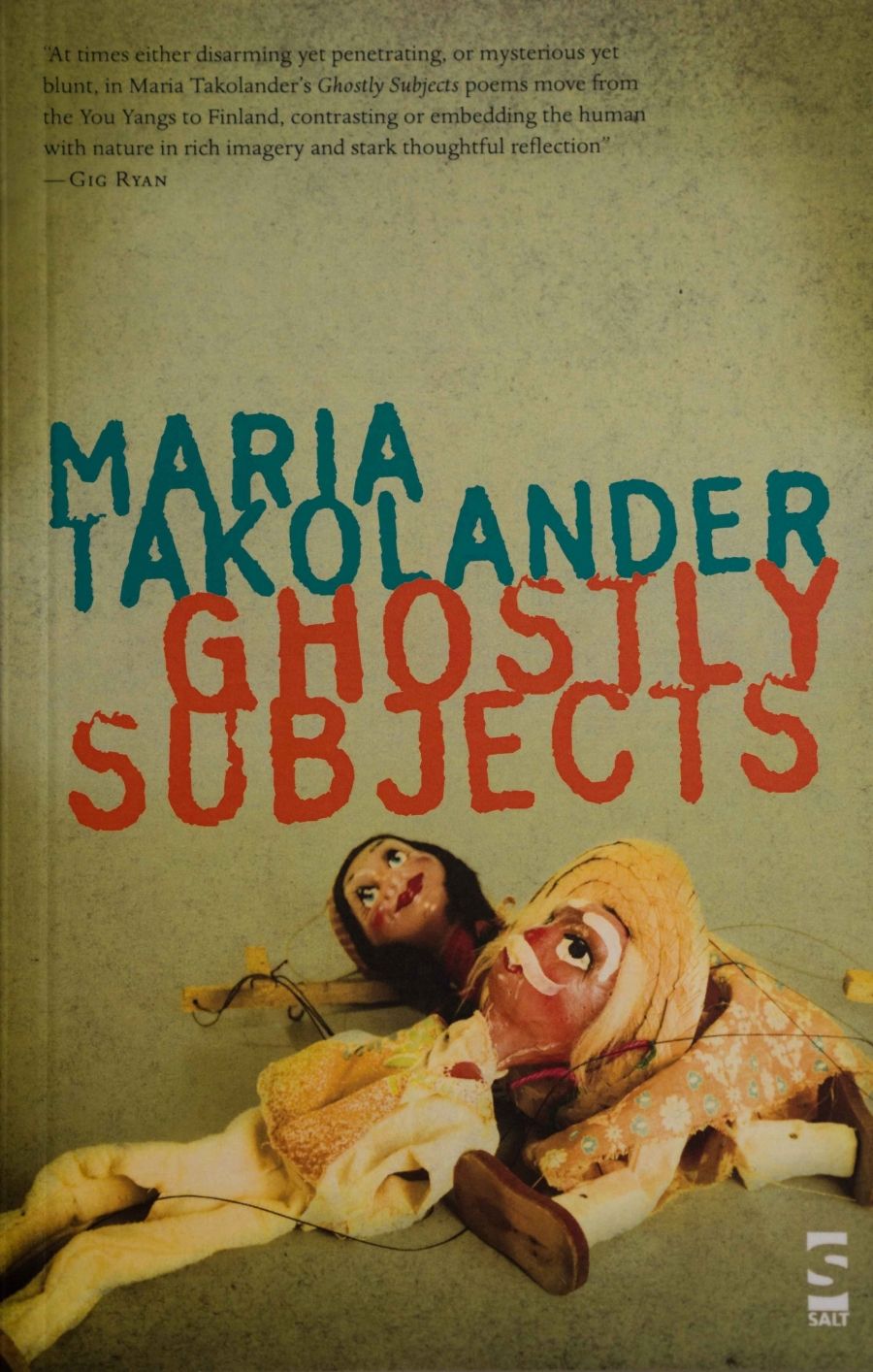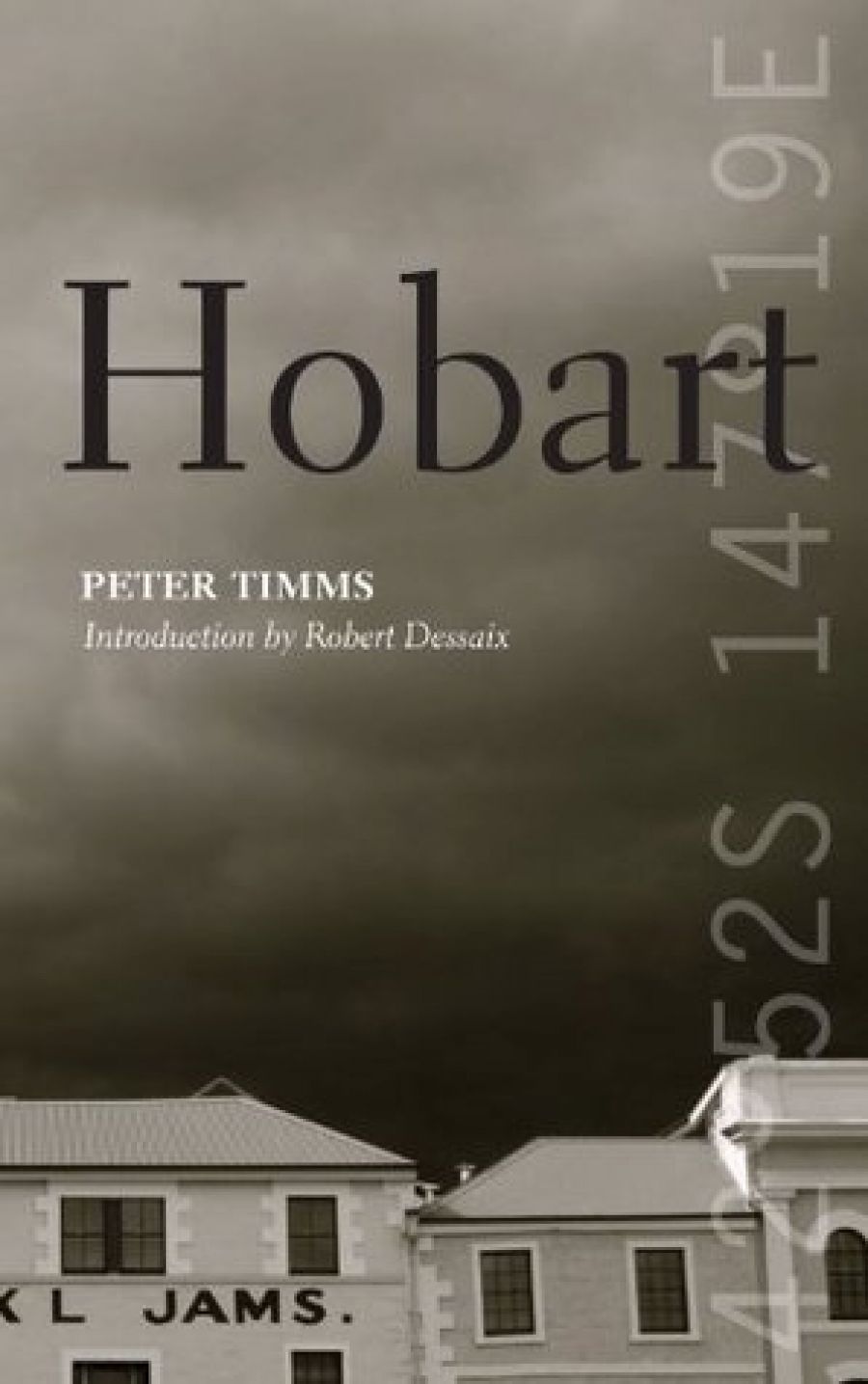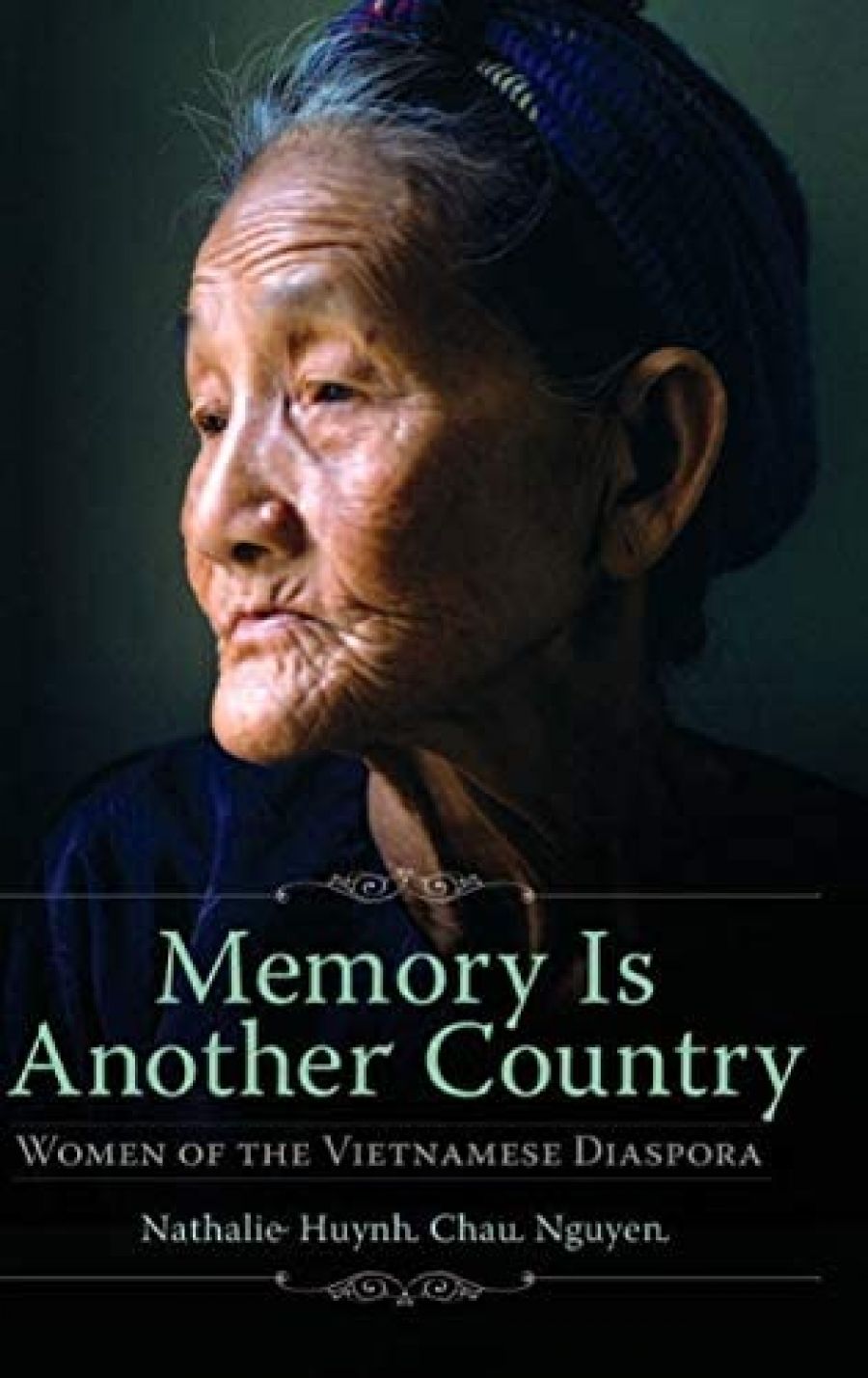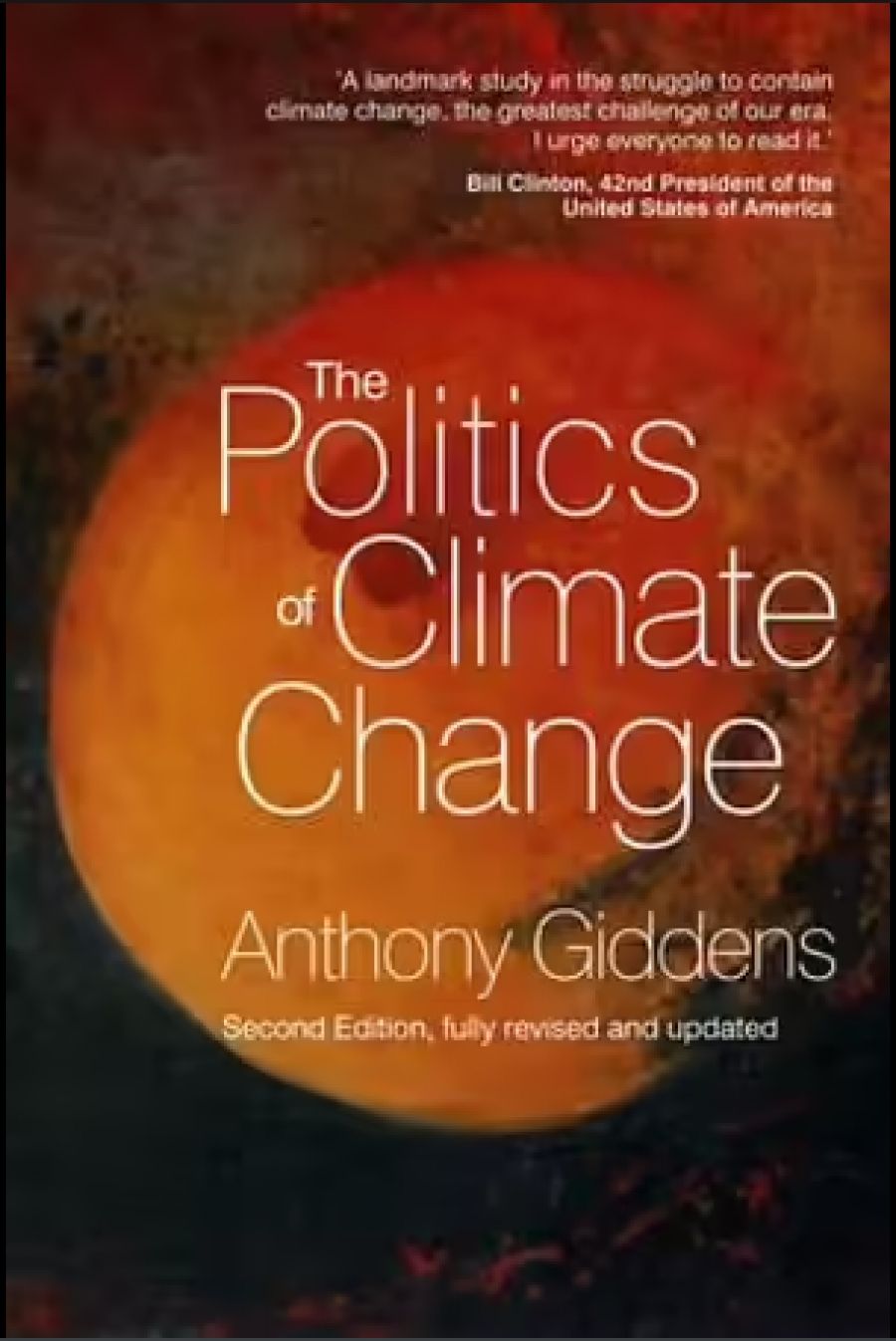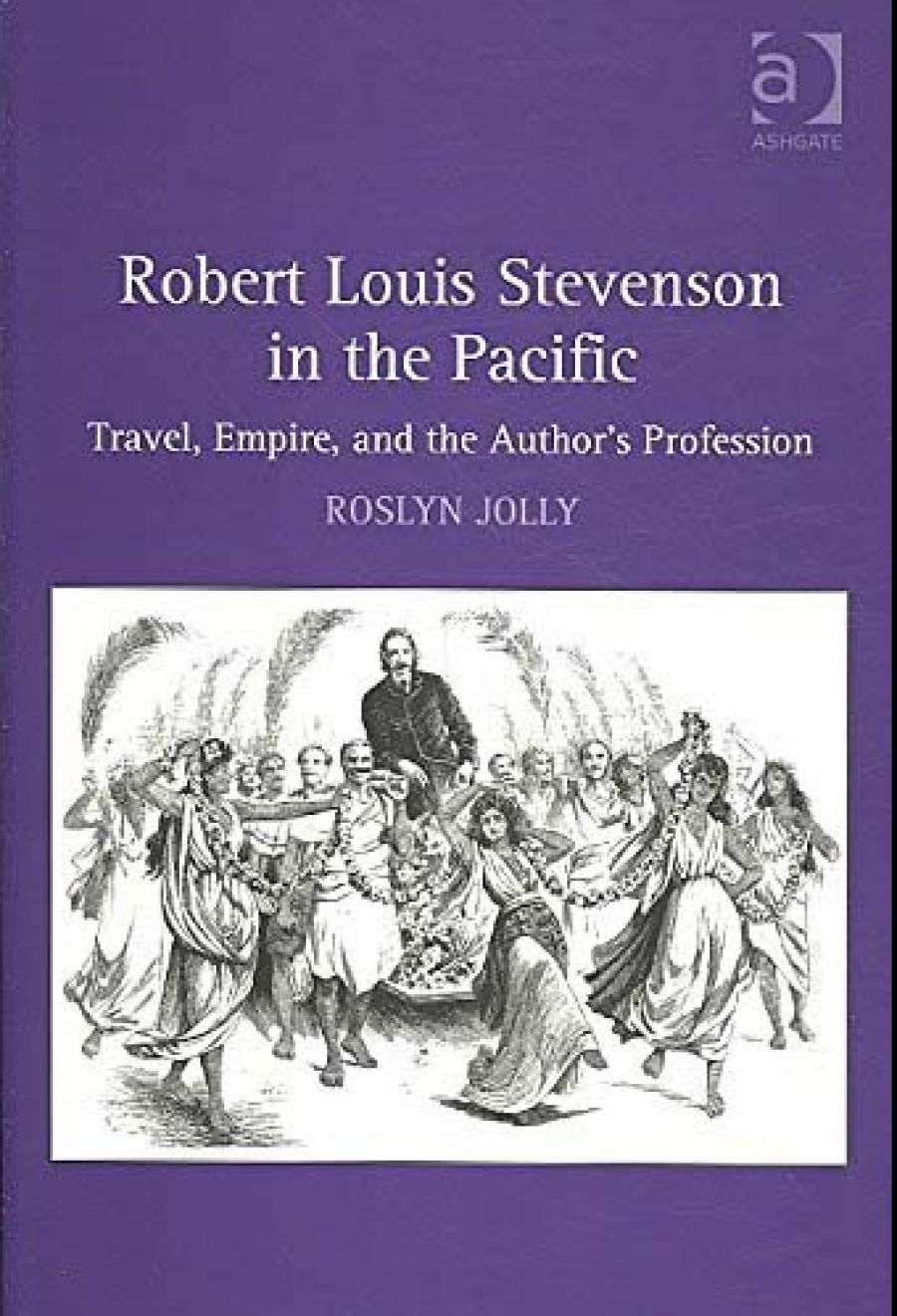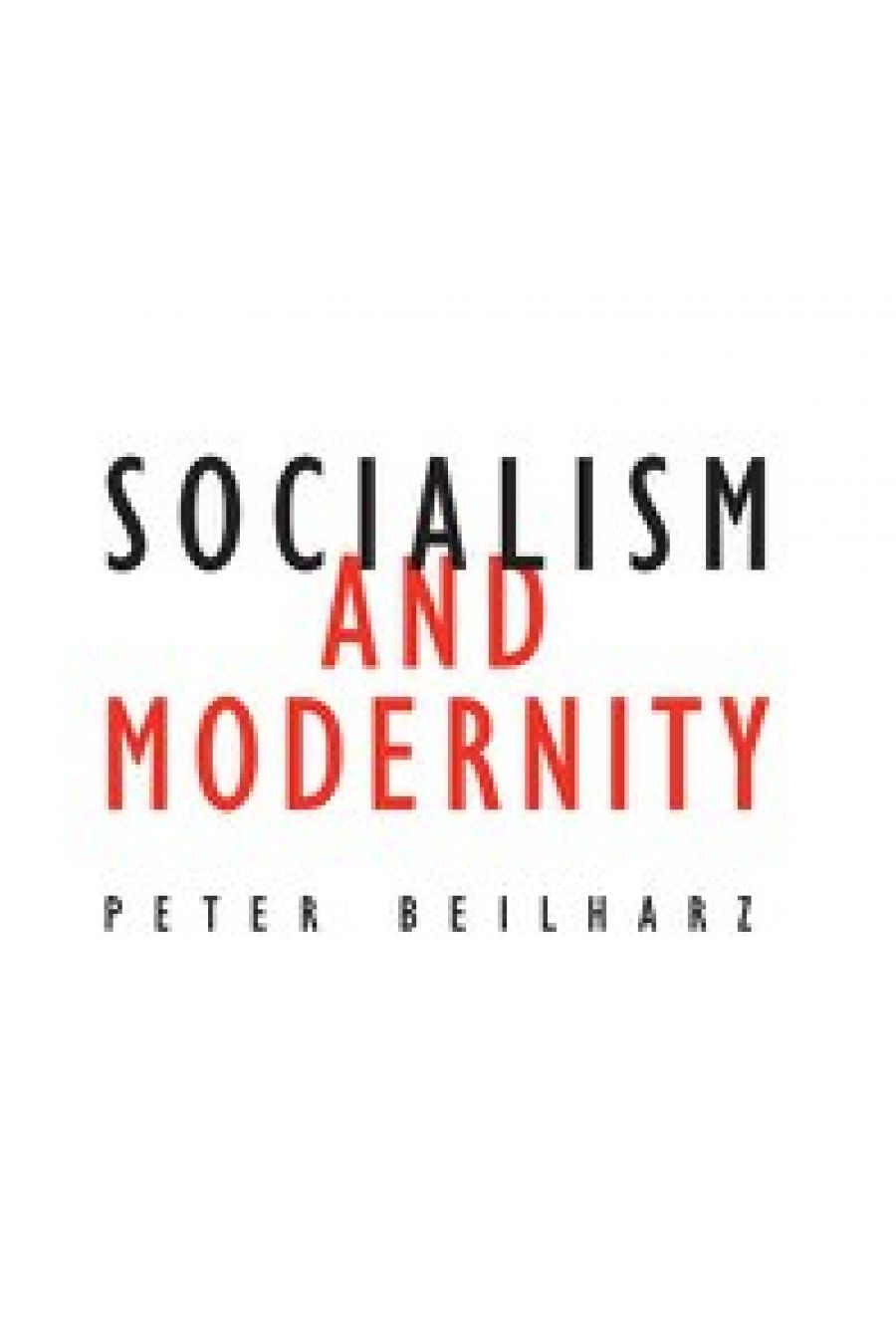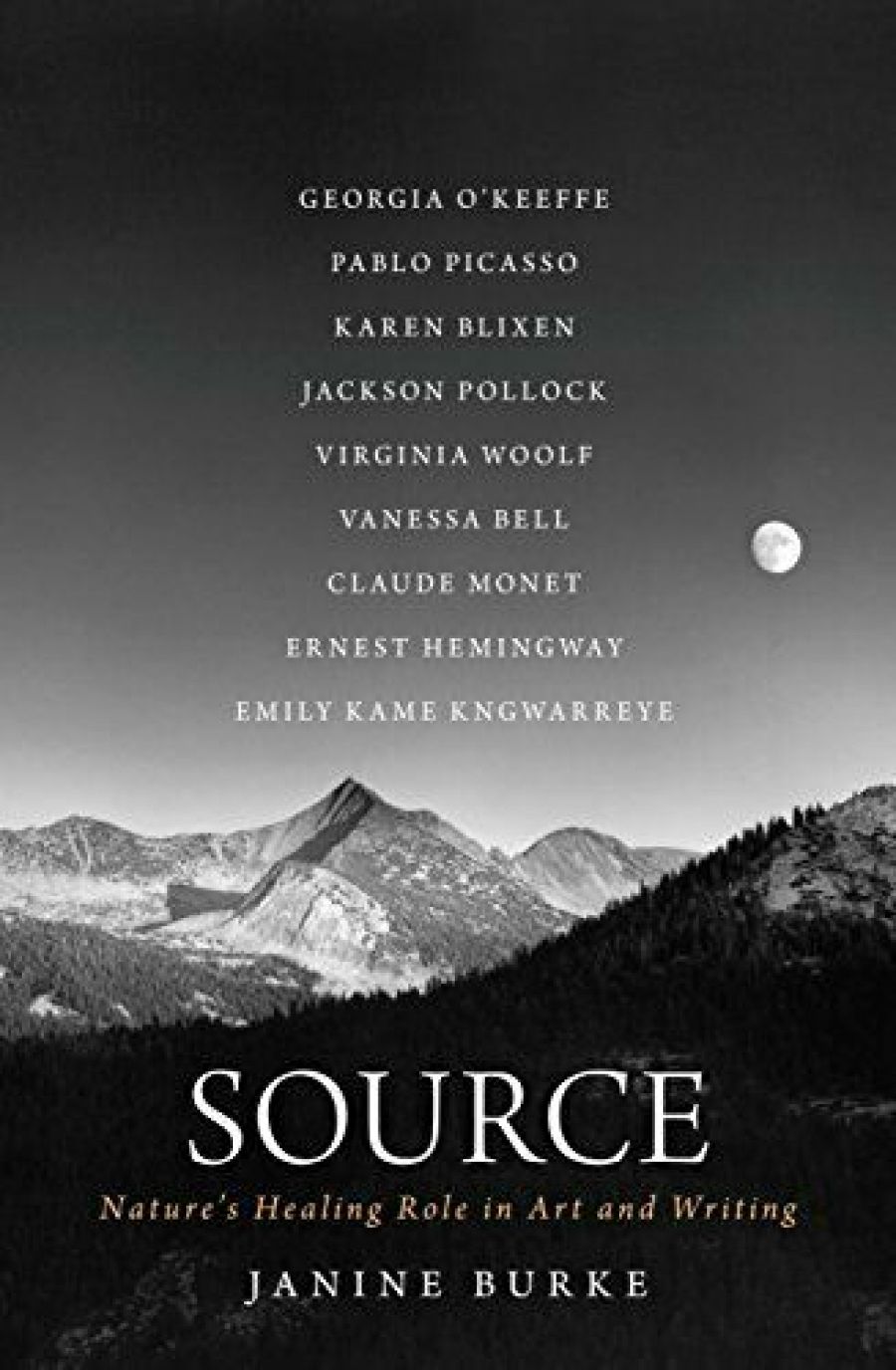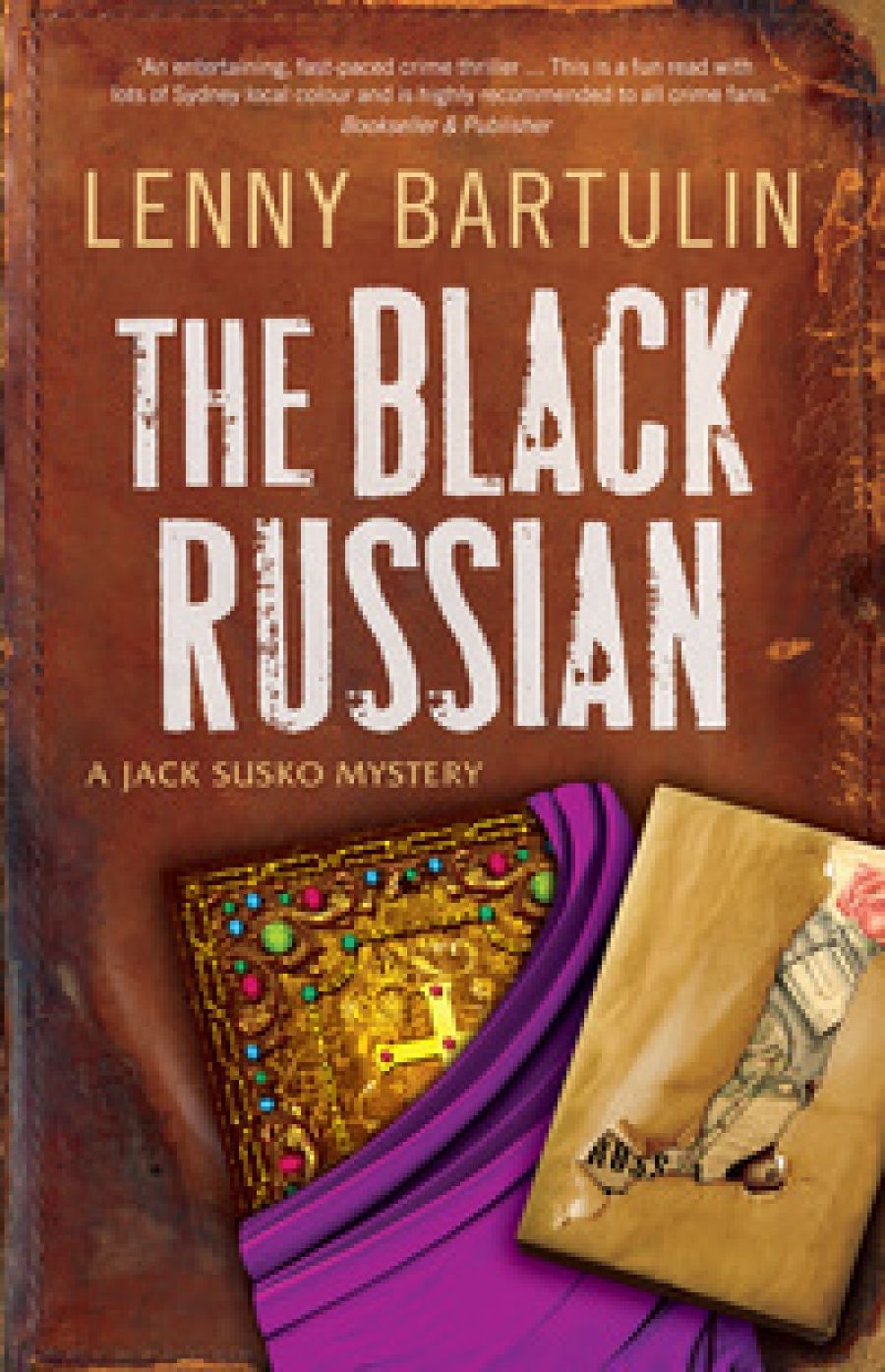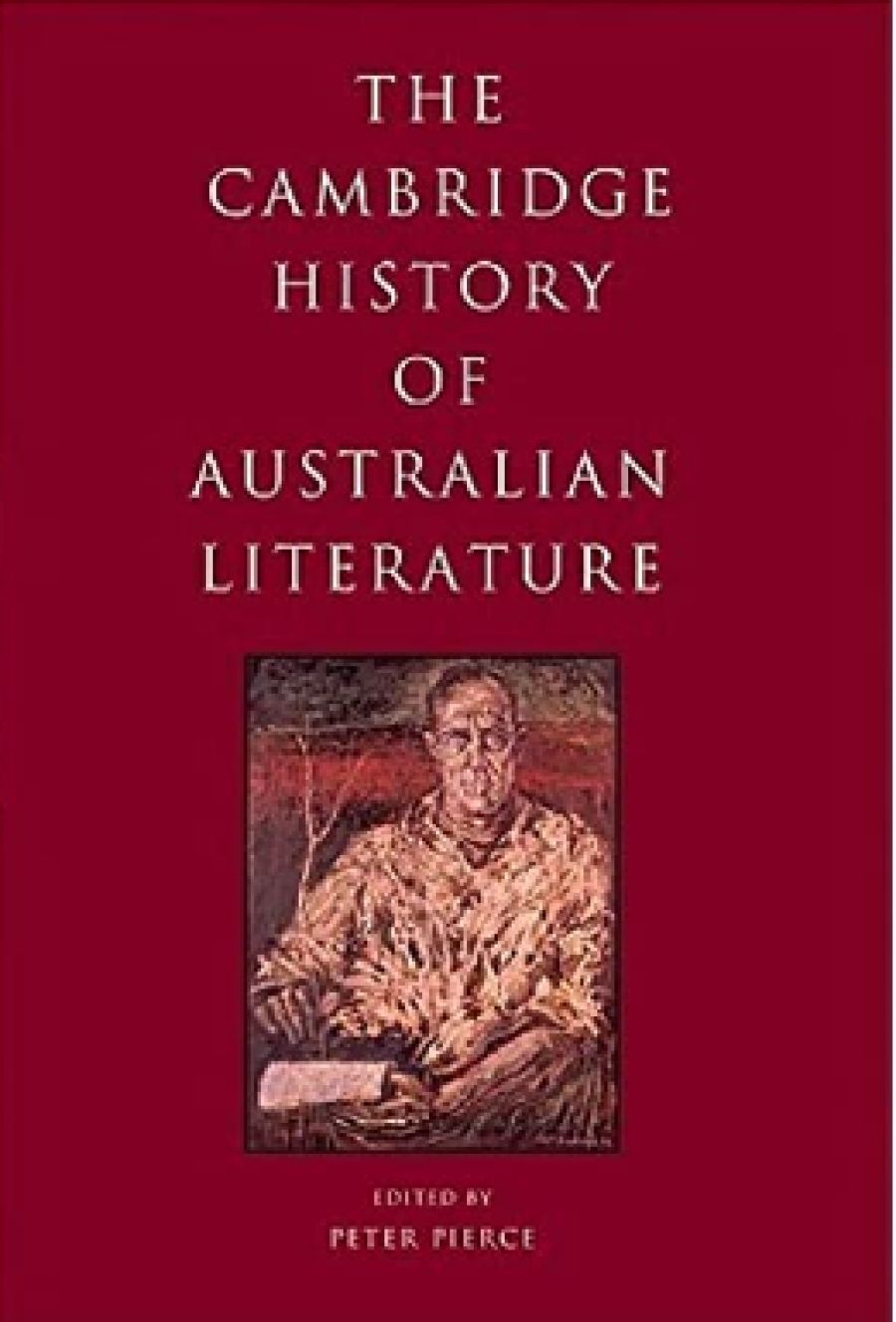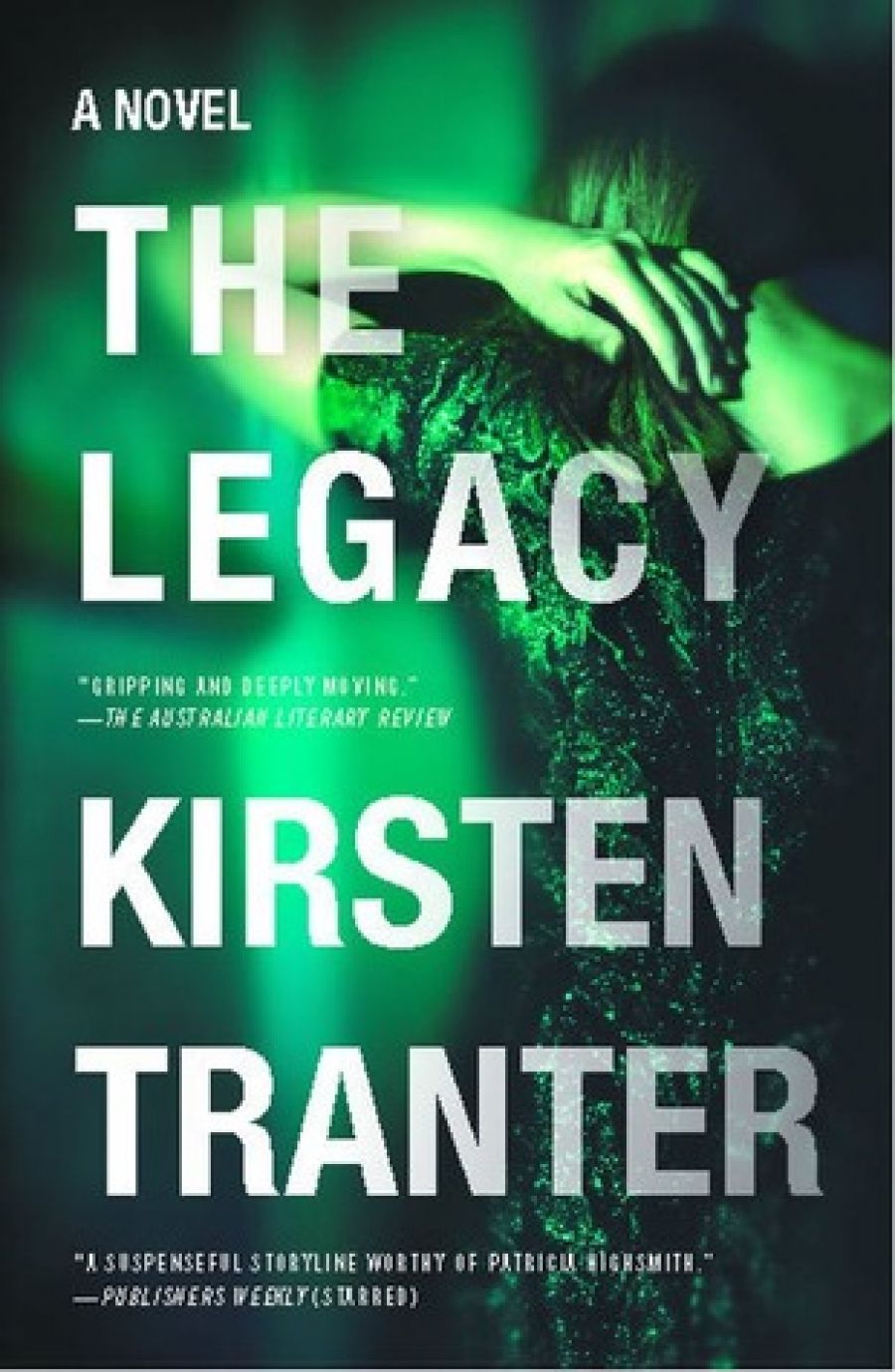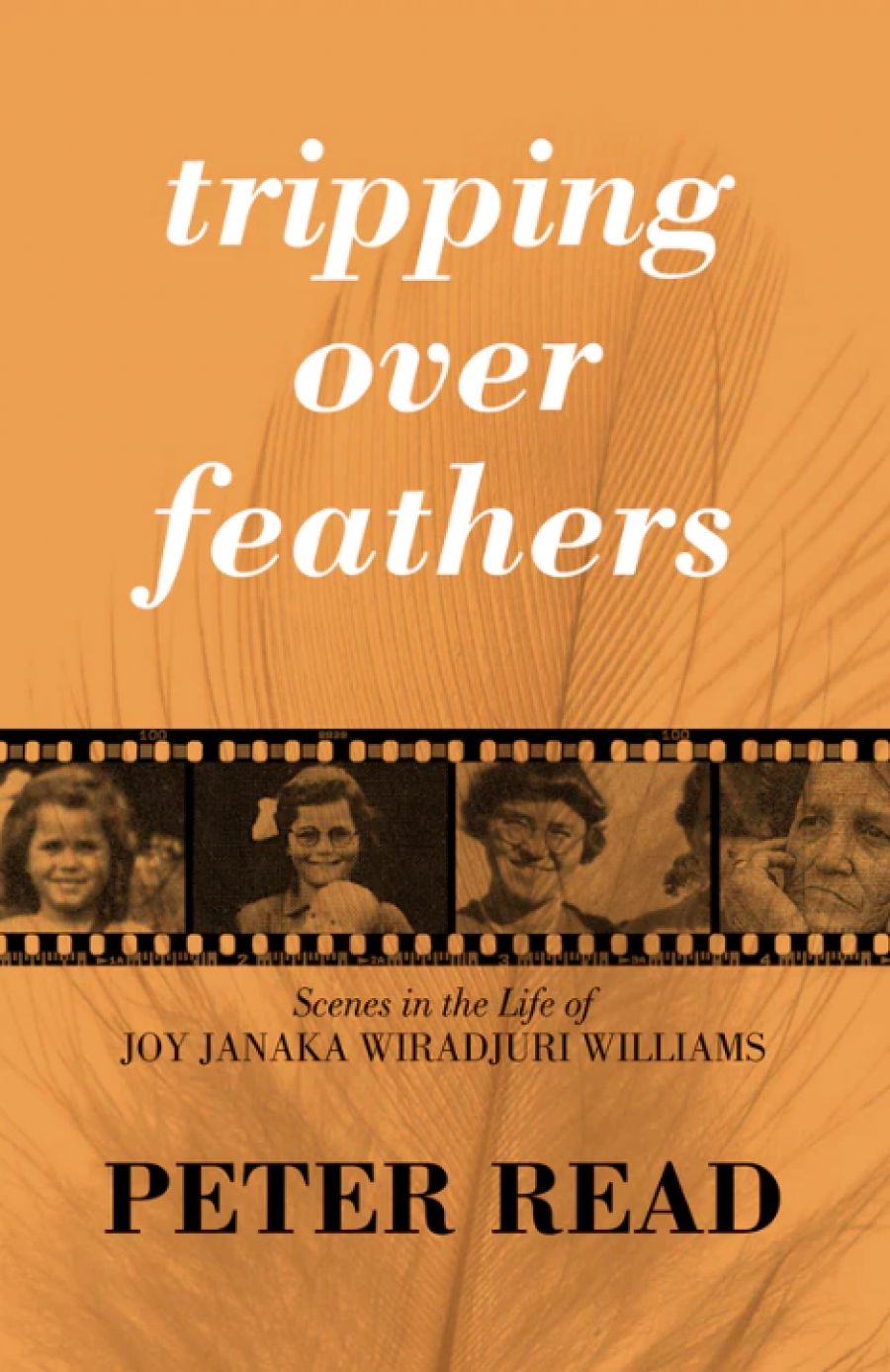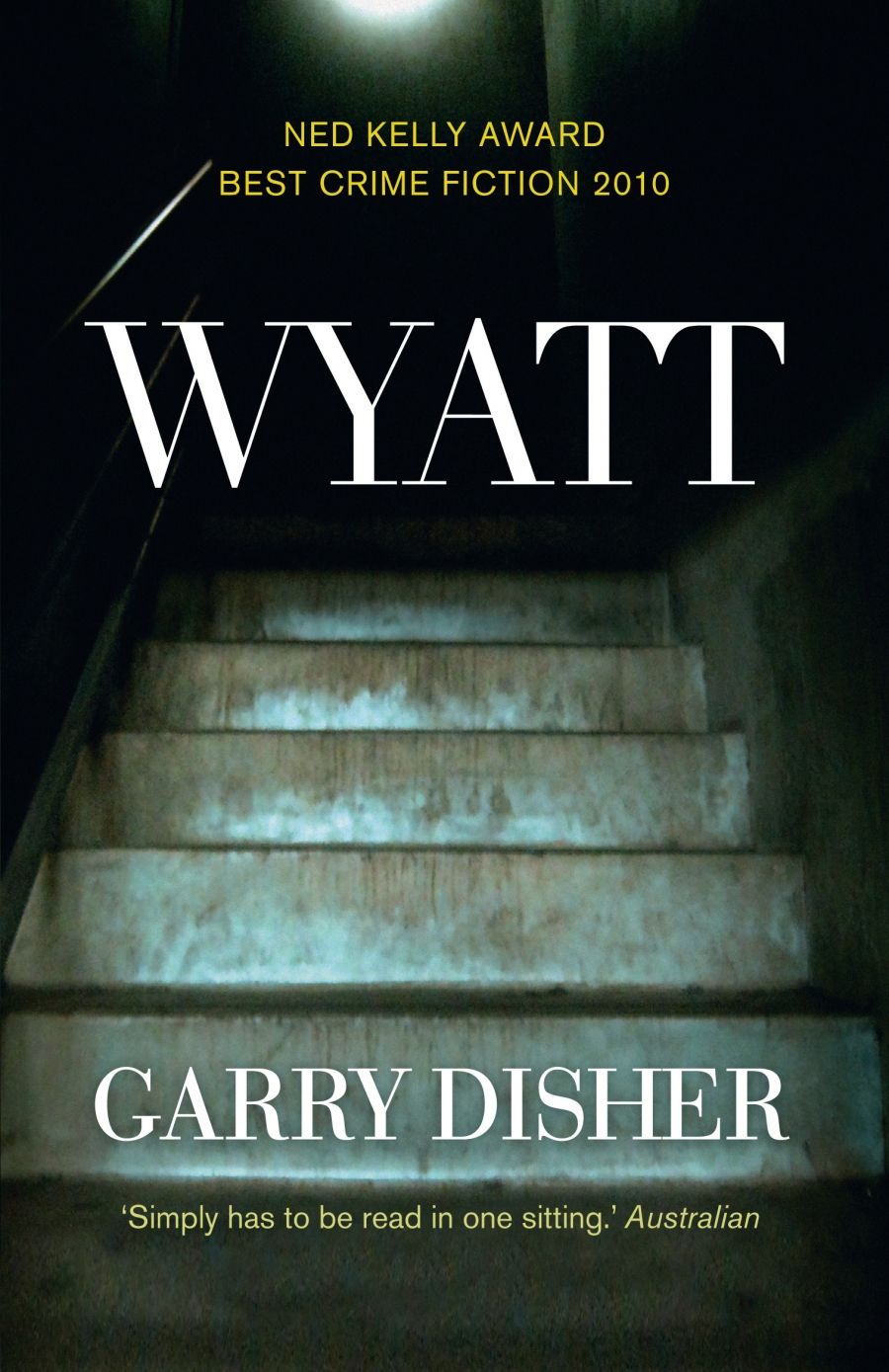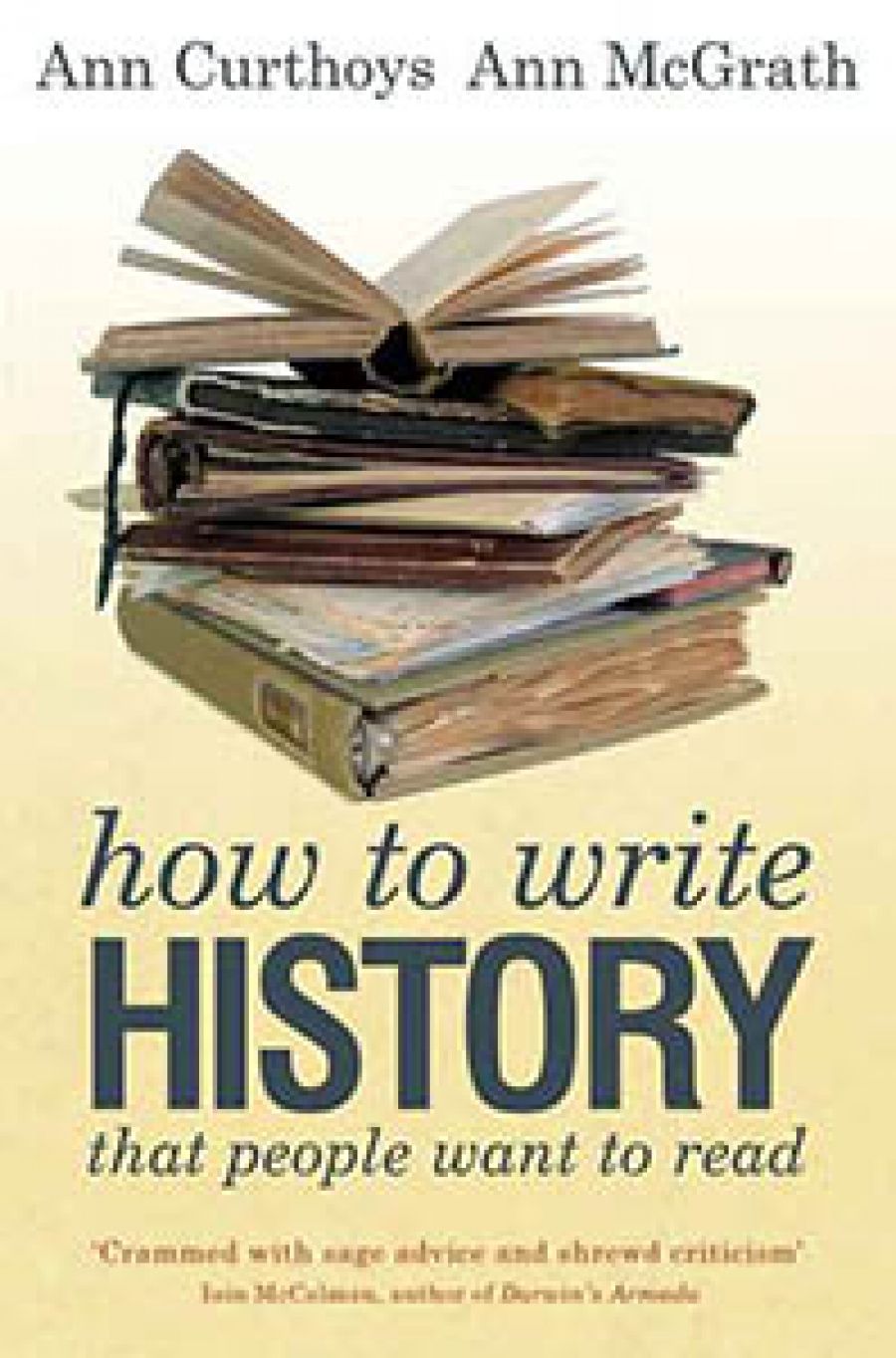
- Free Article: No
- Contents Category: History
- Review Article: Yes
- Article Title: Clio, a muse
- Article Subtitle: Strategy and perspective in the art of history
- Online Only: No
- Custom Highlight Text:
‘Real solemn history, I cannot be interested in’, declared Jane Austen, and so too do a number of Australian publishers. It is a commonplace that historians do not know how to write, except to each other in ways that put other readers to sleep. The first advice to the author of any newly minted doctoral dissertation preparing a book proposal is to eliminate all reference to the thesis. The starting point in any of the non-fiction writing programs offered at universities is to purge their manuscript of academic diction. ‘Sadly’, Ann Curthoys and Ann McGrath begin their advice book on the subject, ‘historical writing has quite a bad reputation’.
- Book 1 Title: How to Write History That People Want to Read
- Book 1 Biblio: University of New South Wales Press, $34.95 pb, 272 pp
- Book 2 Title: Voice and Vision
- Book 2 Subtitle: A guide to writing history and other serious nonfiction
- Book 2 Biblio: Harvard University Press (Inbooks), $59.95 hb, 314 pp
- Book 2 Cover Small (400 x 600):

- Book 2 Cover (800 x 1200):

- Book 2 Cover Path (no longer required): images/ABR_Digitising_2021/Archives_and_Online_Exclusives/voice vision pyne.jpg
‘Real solemn history, I cannot be interested in’, declared Jane Austen, and so too do a number of Australian publishers. It is a commonplace that historians do not know how to write, except to each other in ways that put other readers to sleep. The first advice to the author of any newly minted doctoral dissertation preparing a book proposal is to eliminate all reference to the thesis. The starting point in any of the non-fiction writing programs offered at universities is to purge their manuscript of academic diction. ‘Sadly’, Ann Curthoys and Ann McGrath begin their advice book on the subject, ‘historical writing has quite a bad reputation’.


